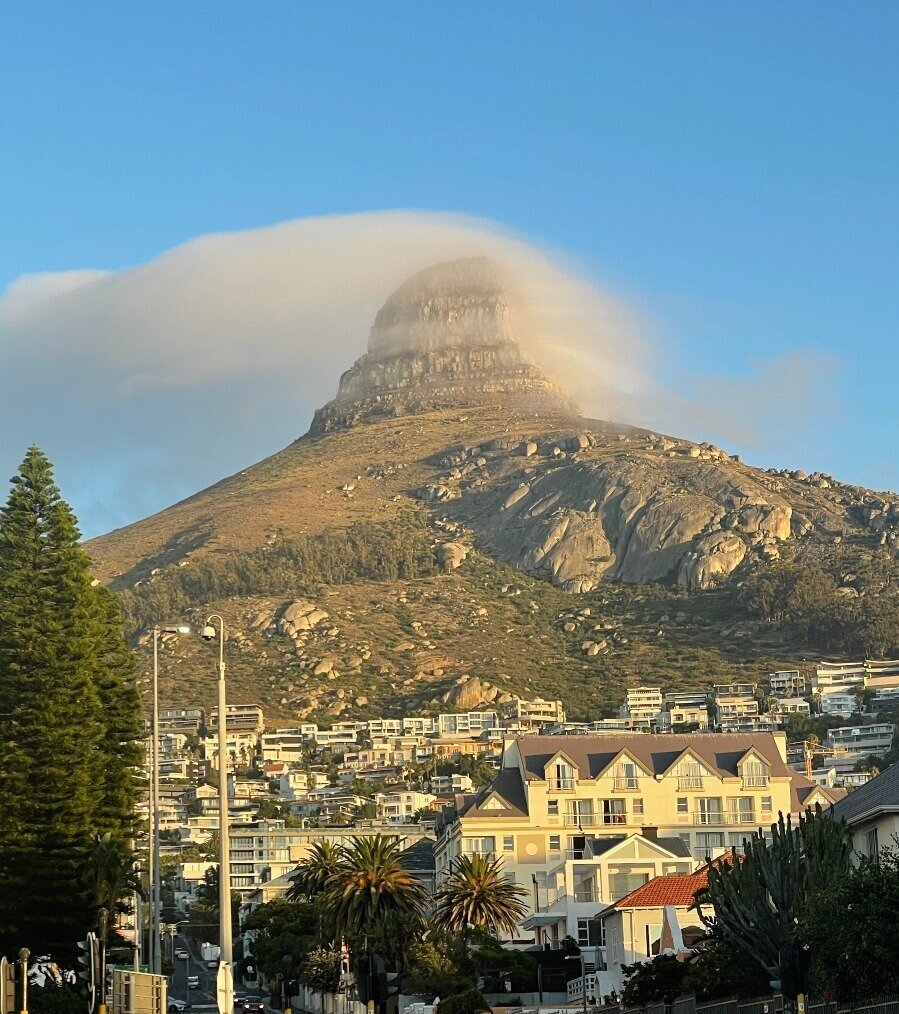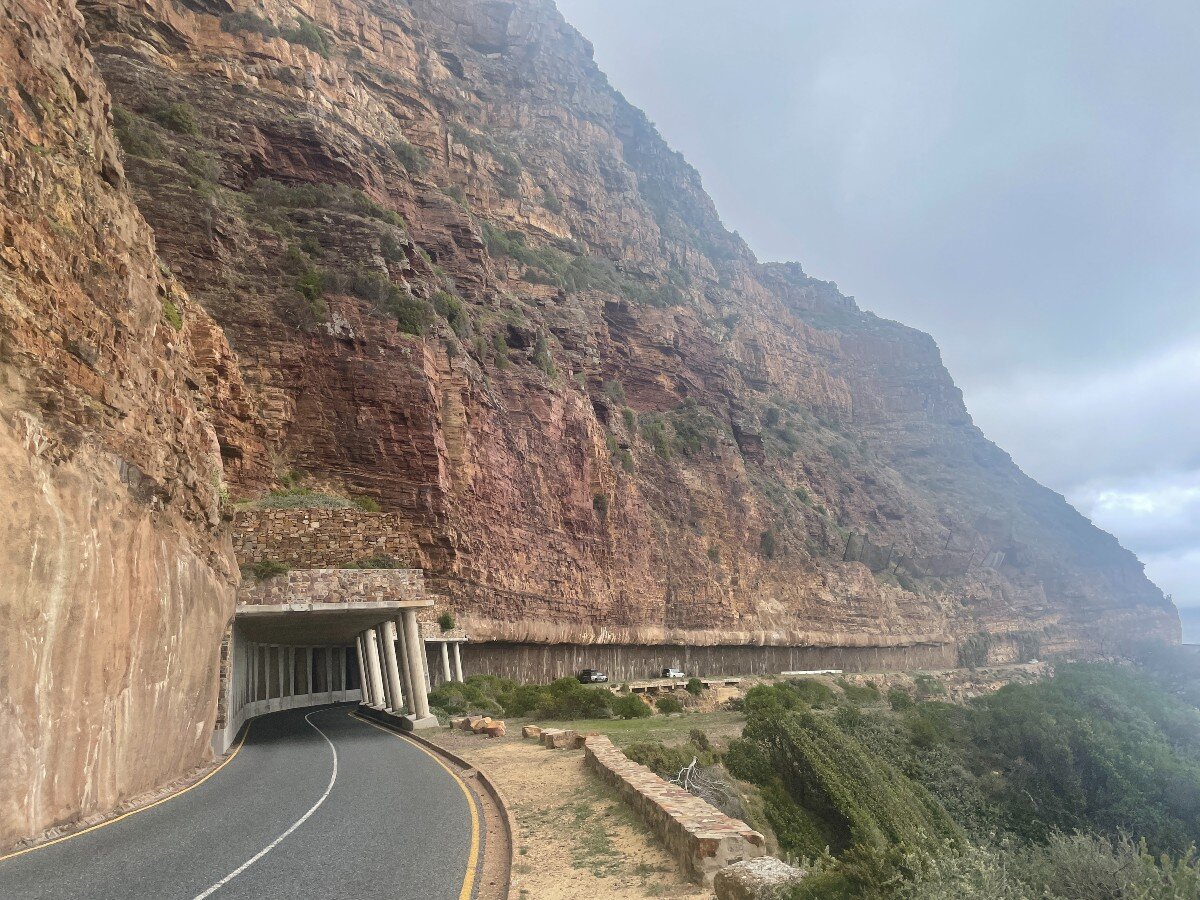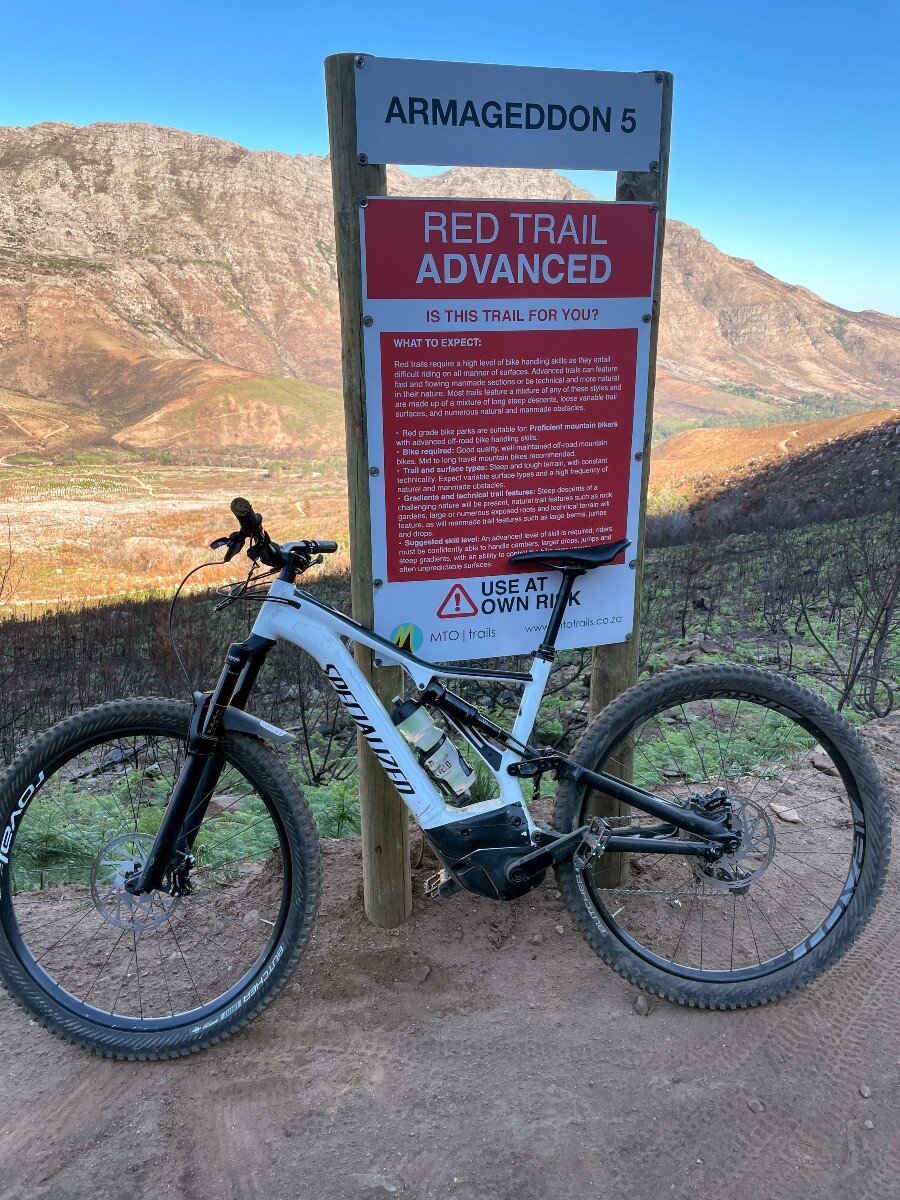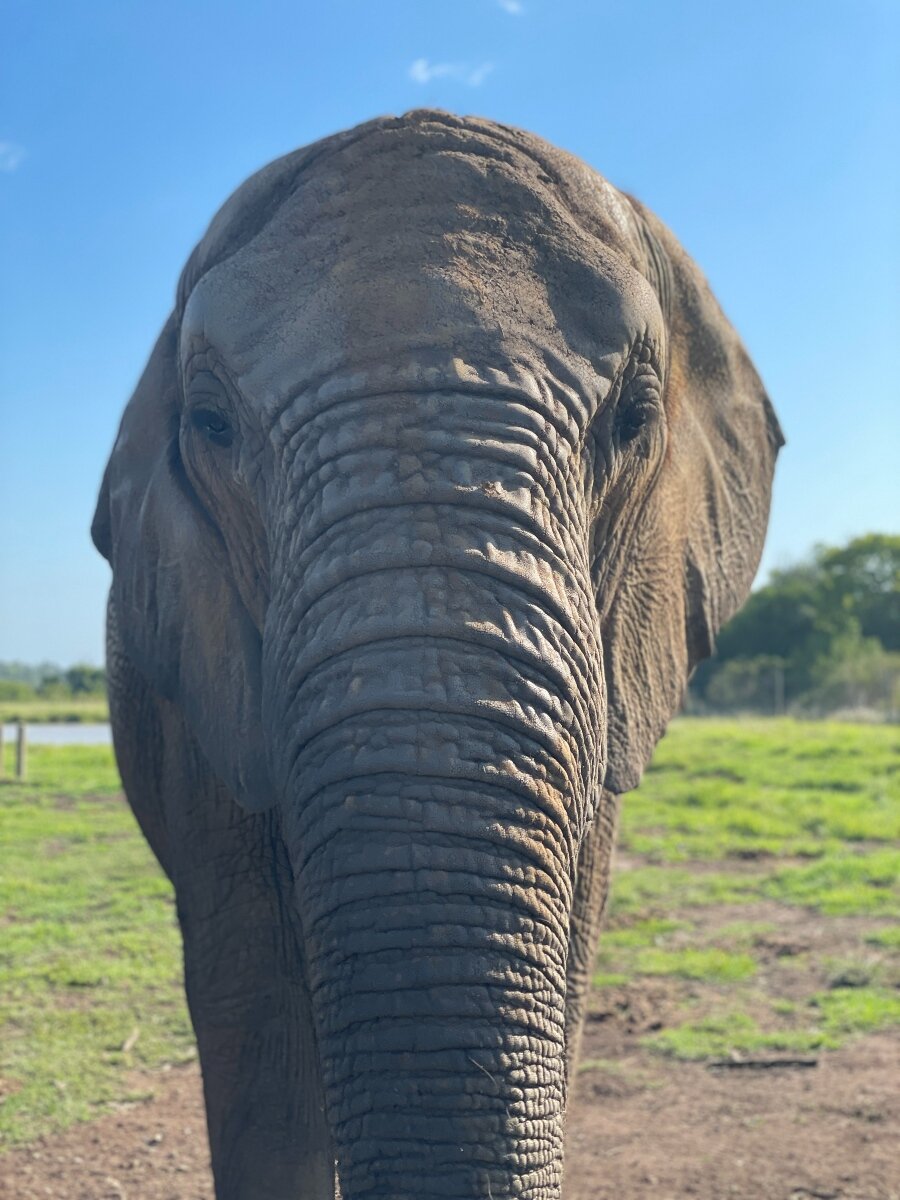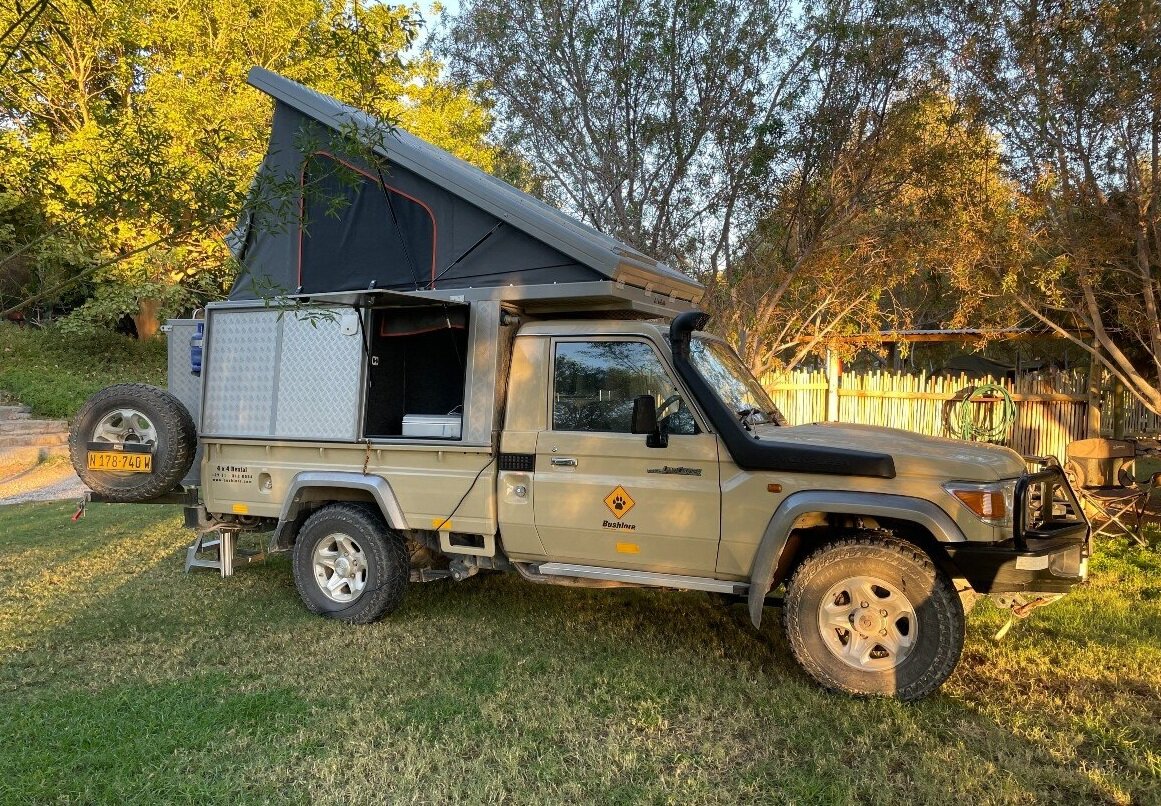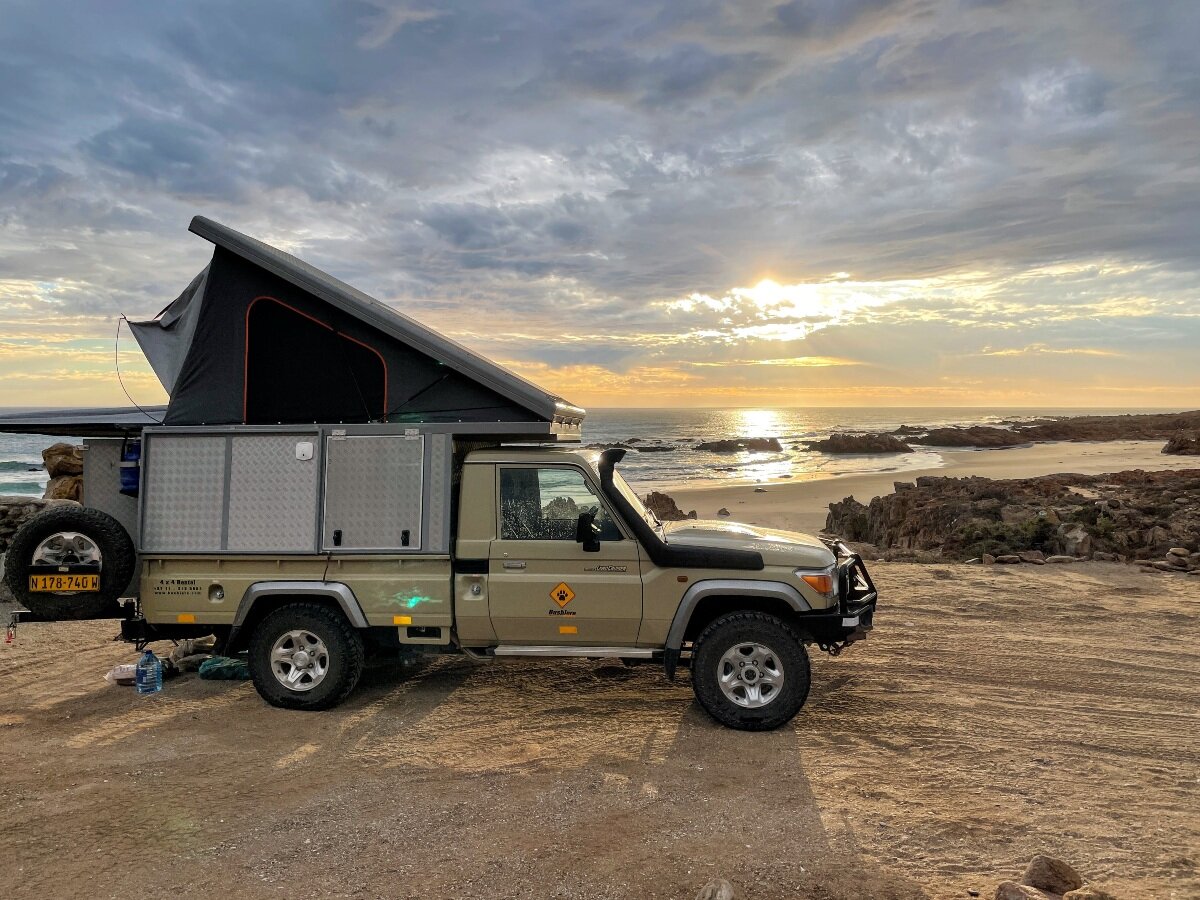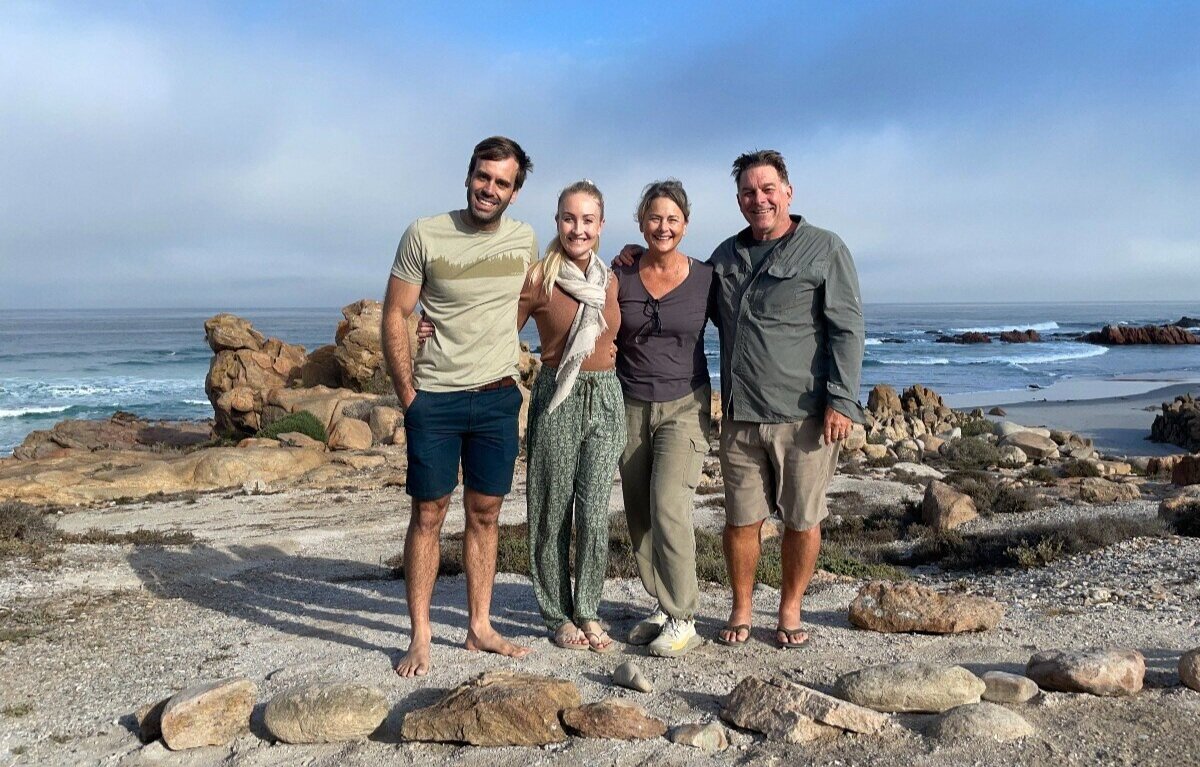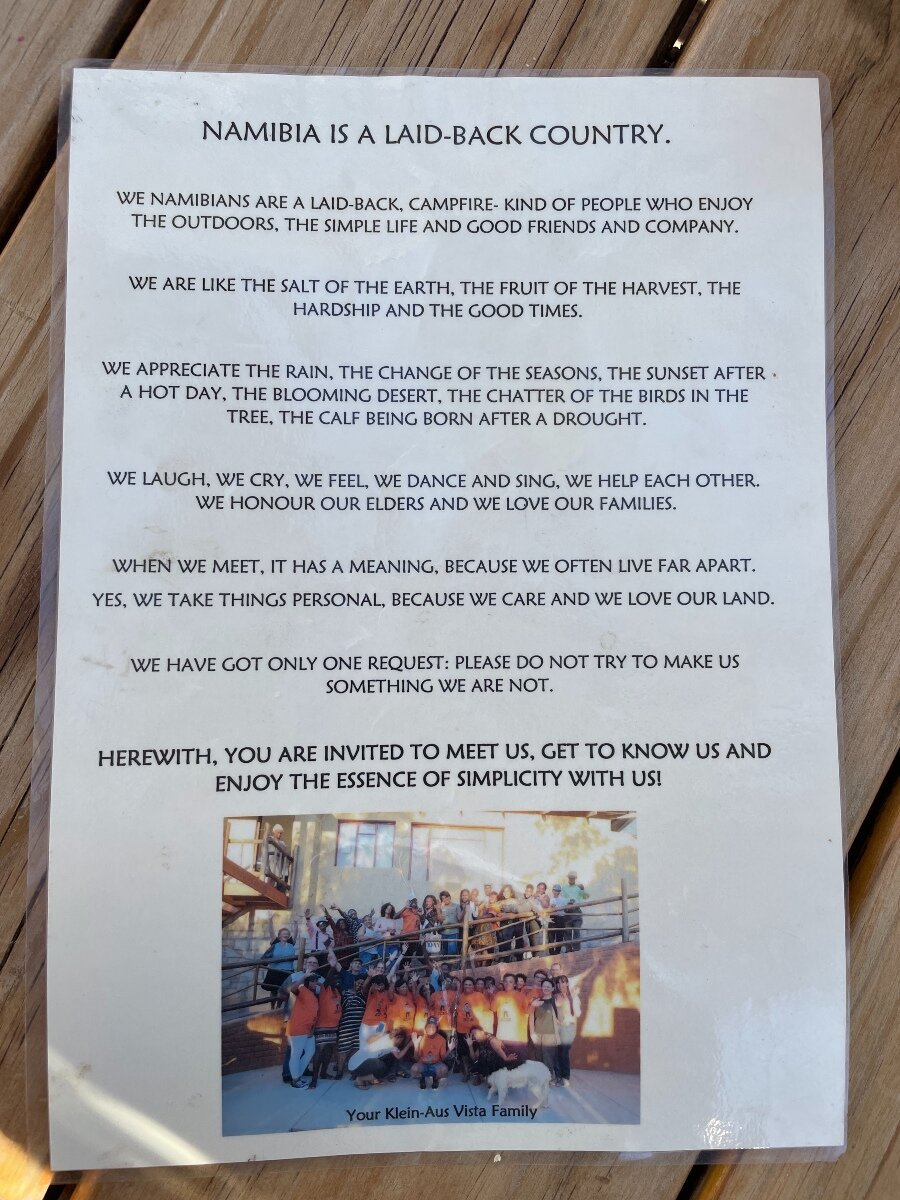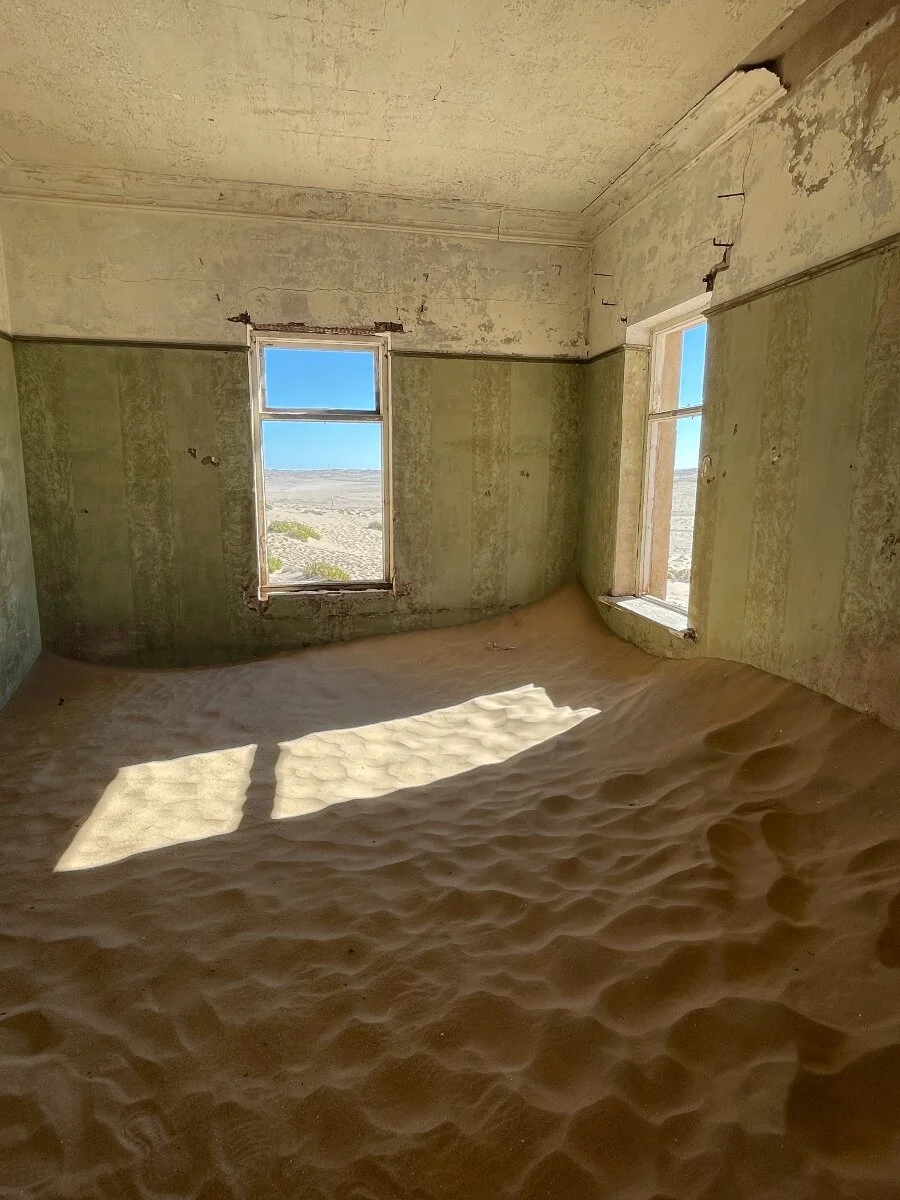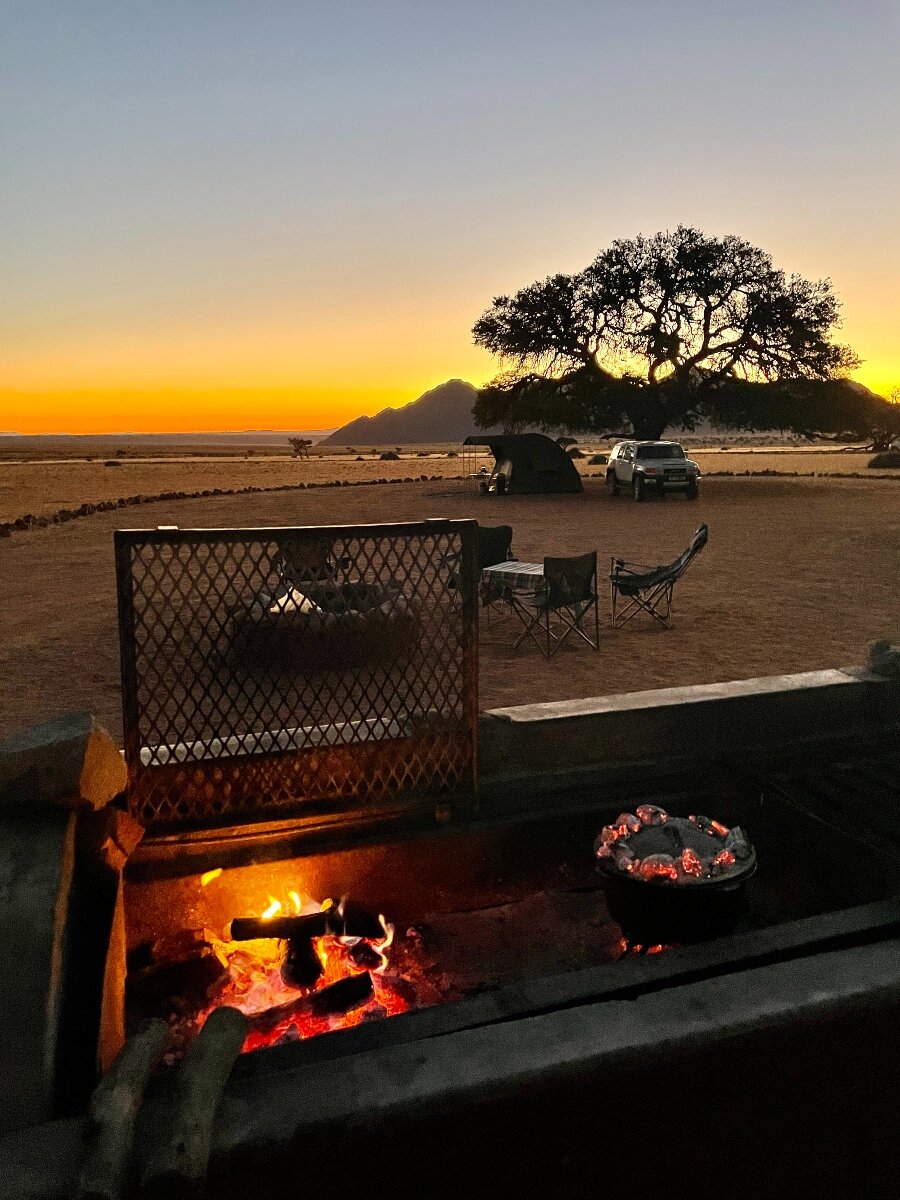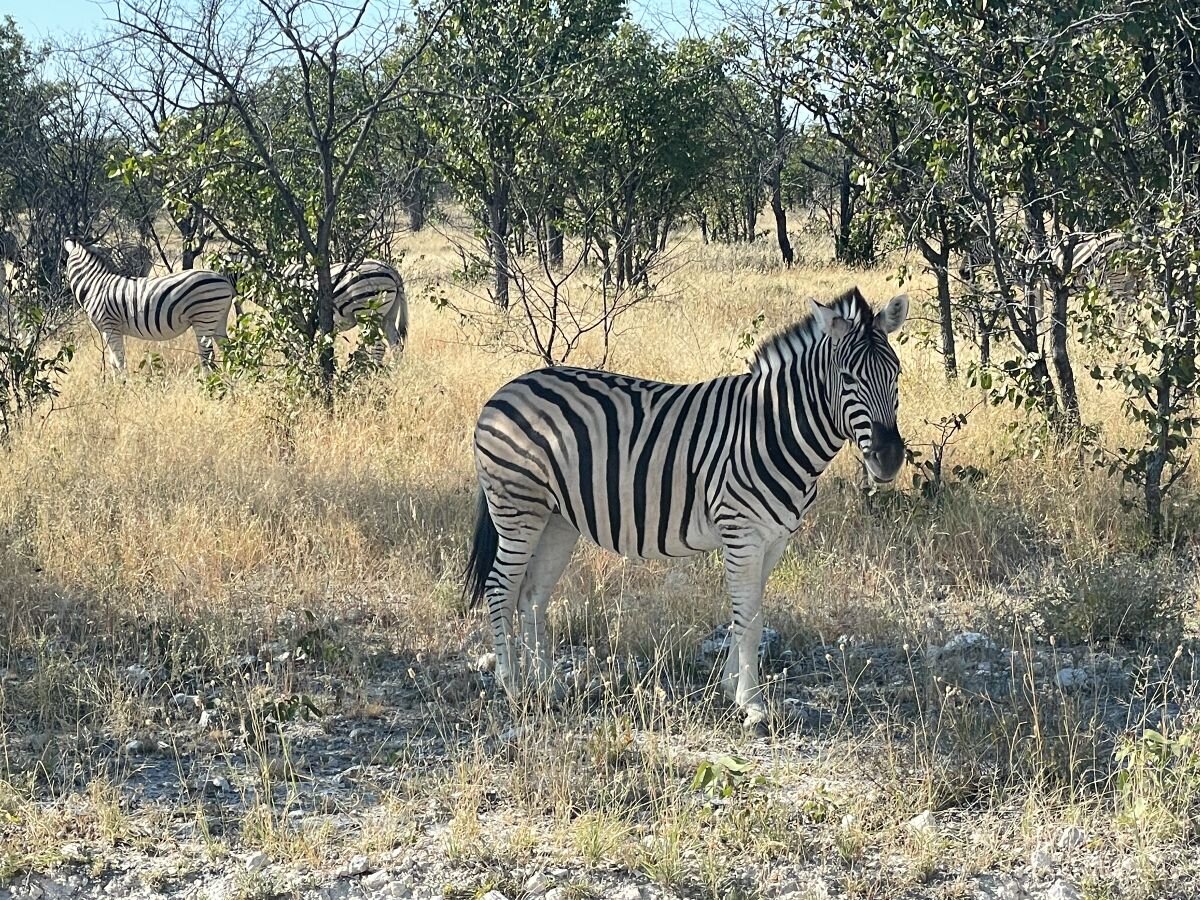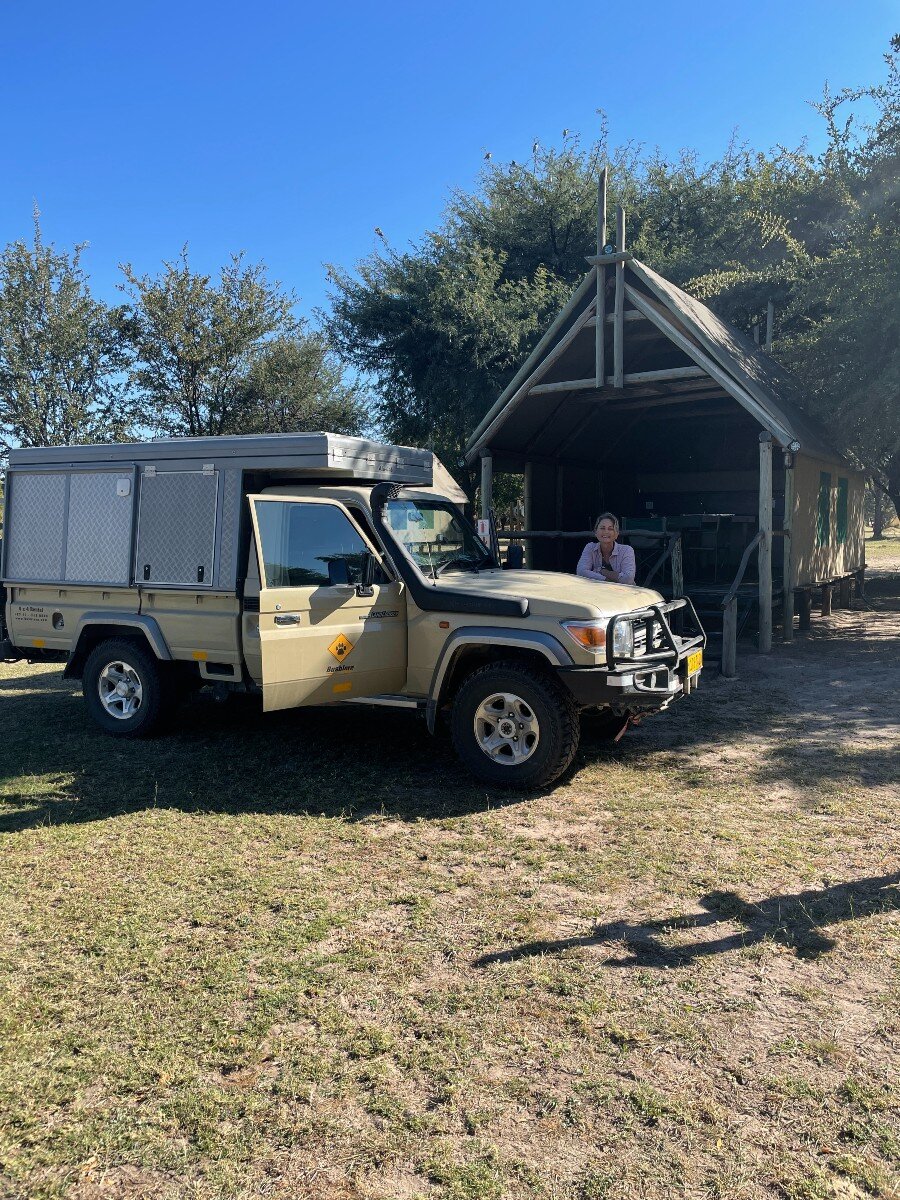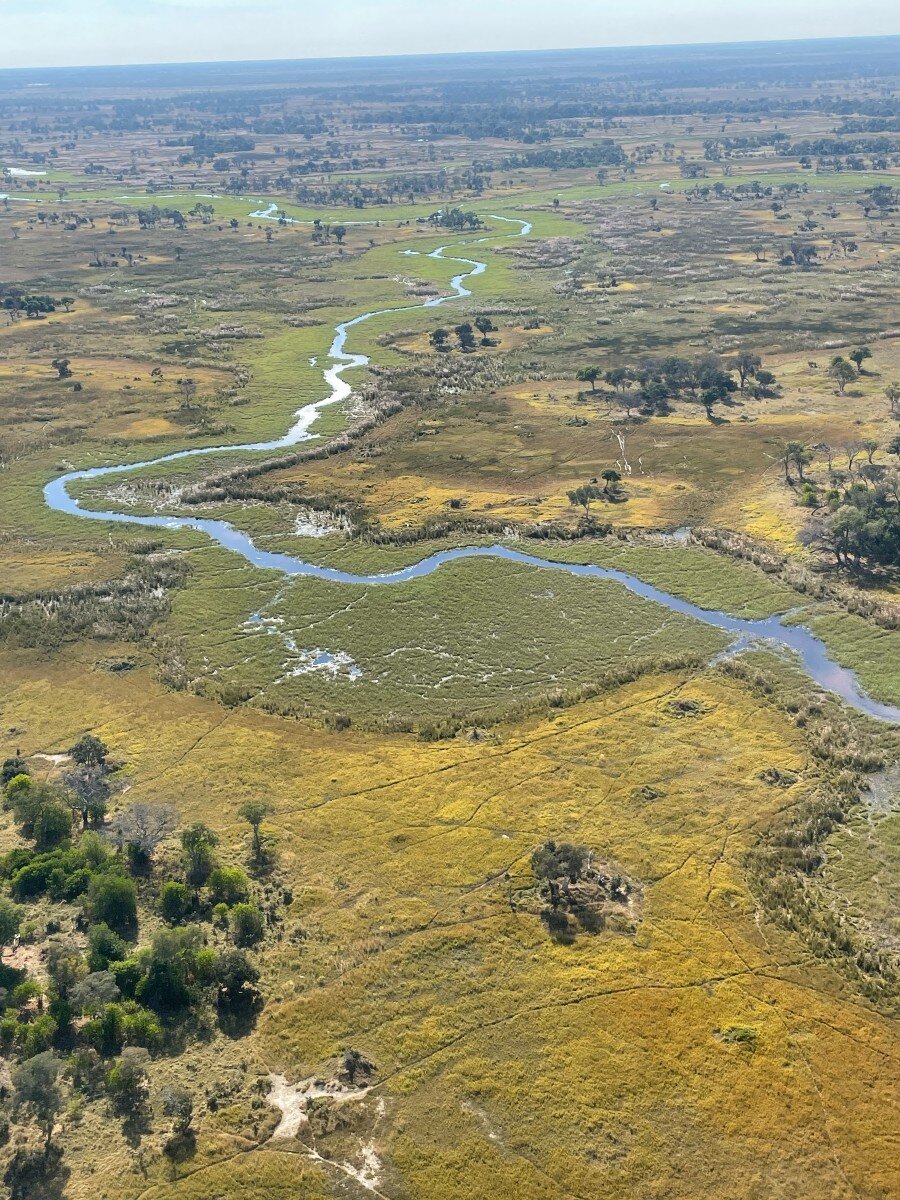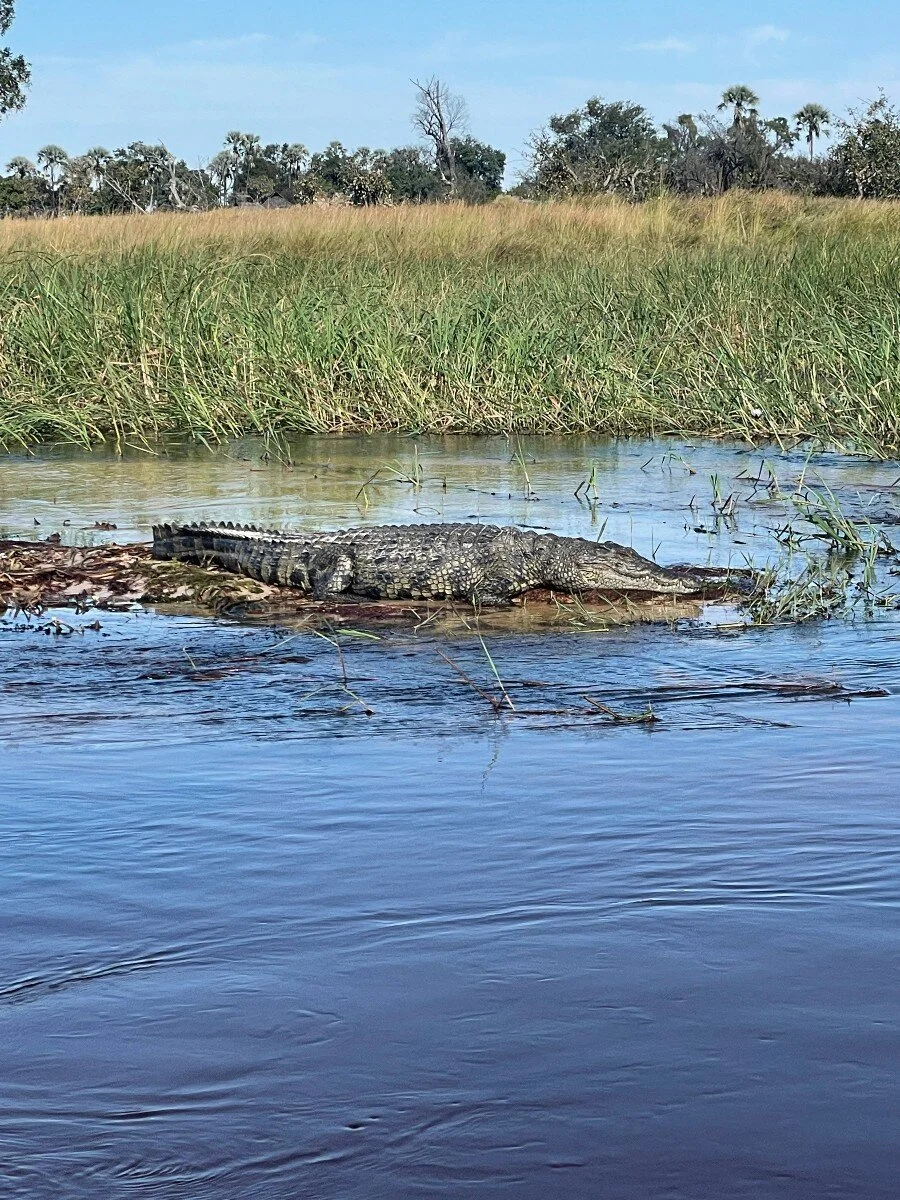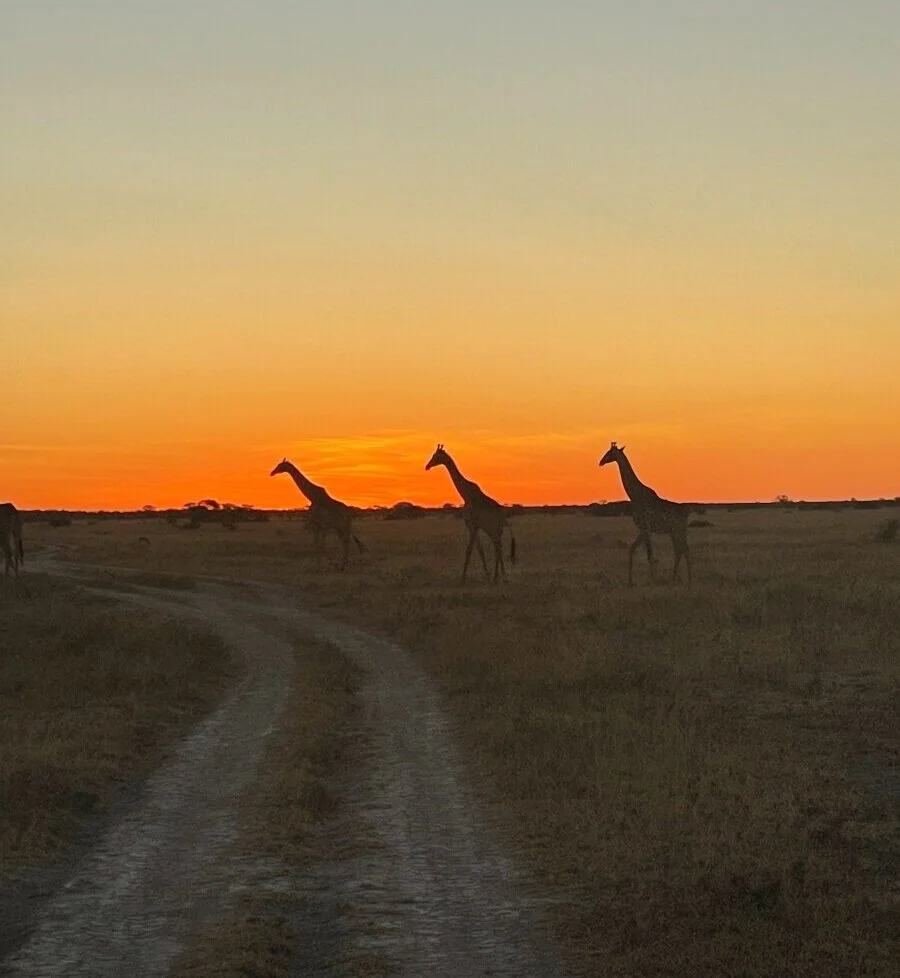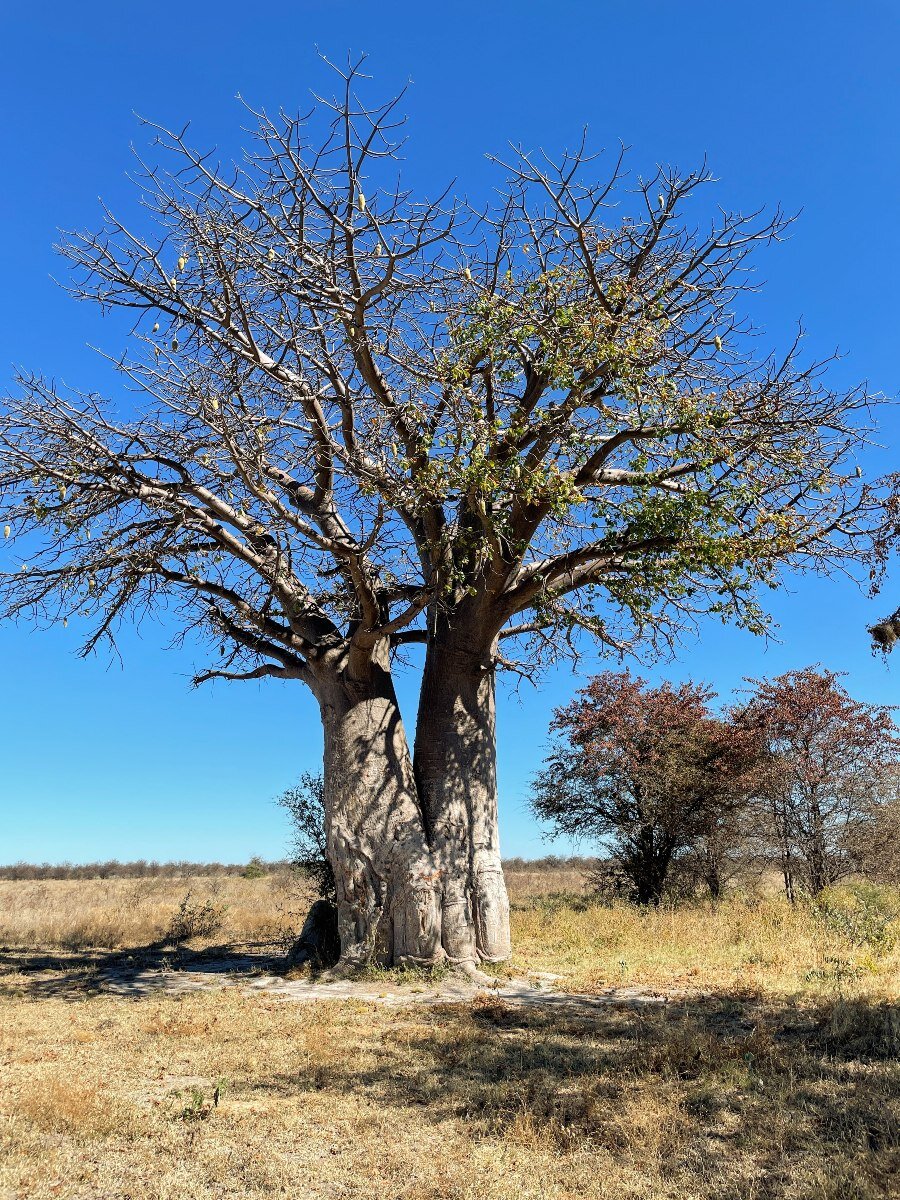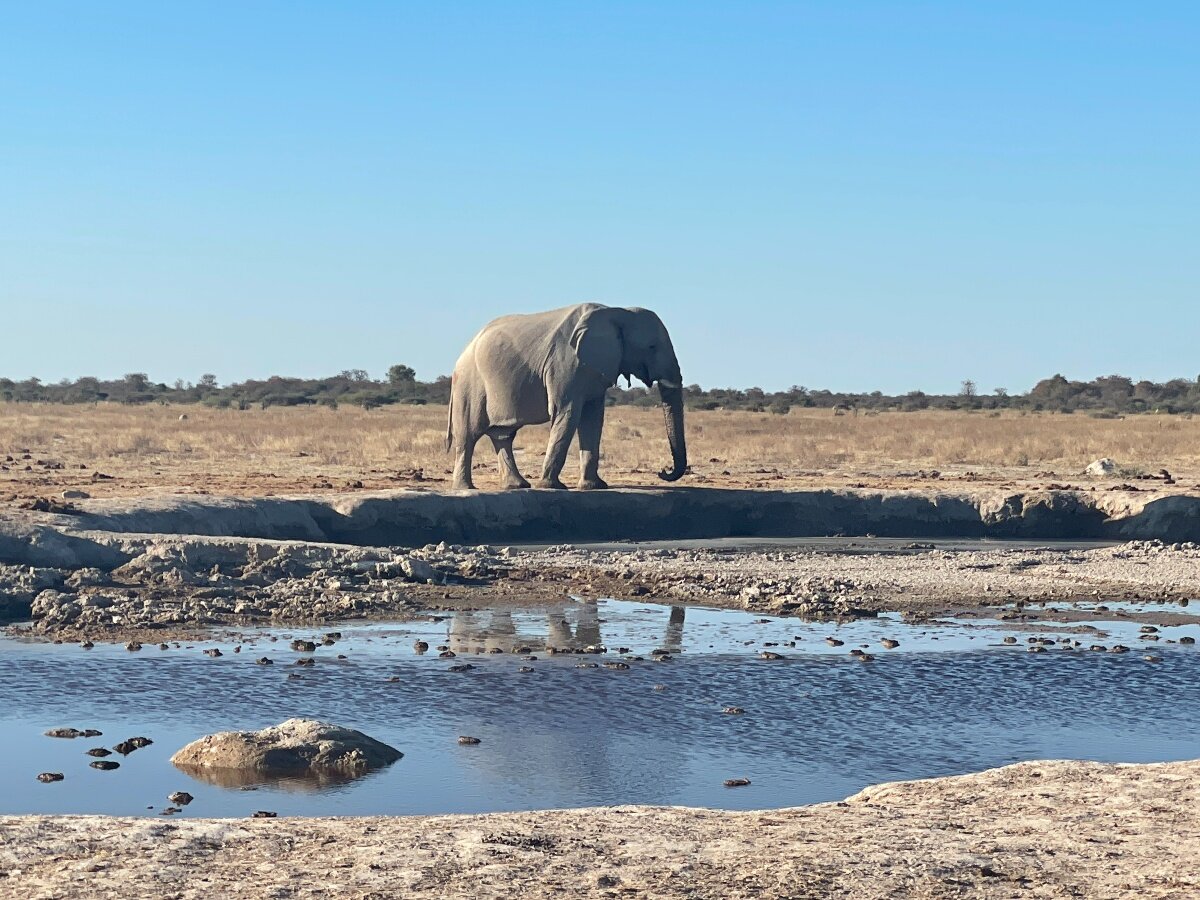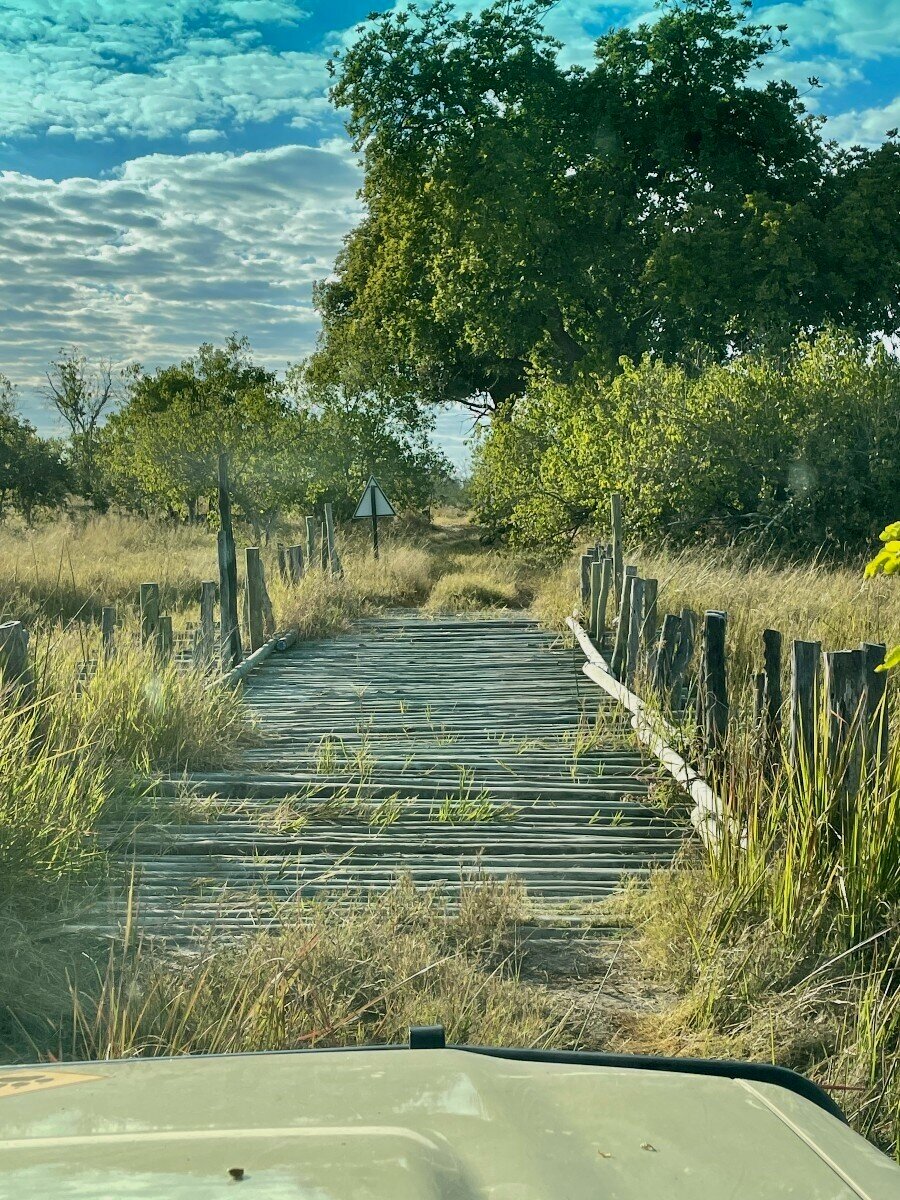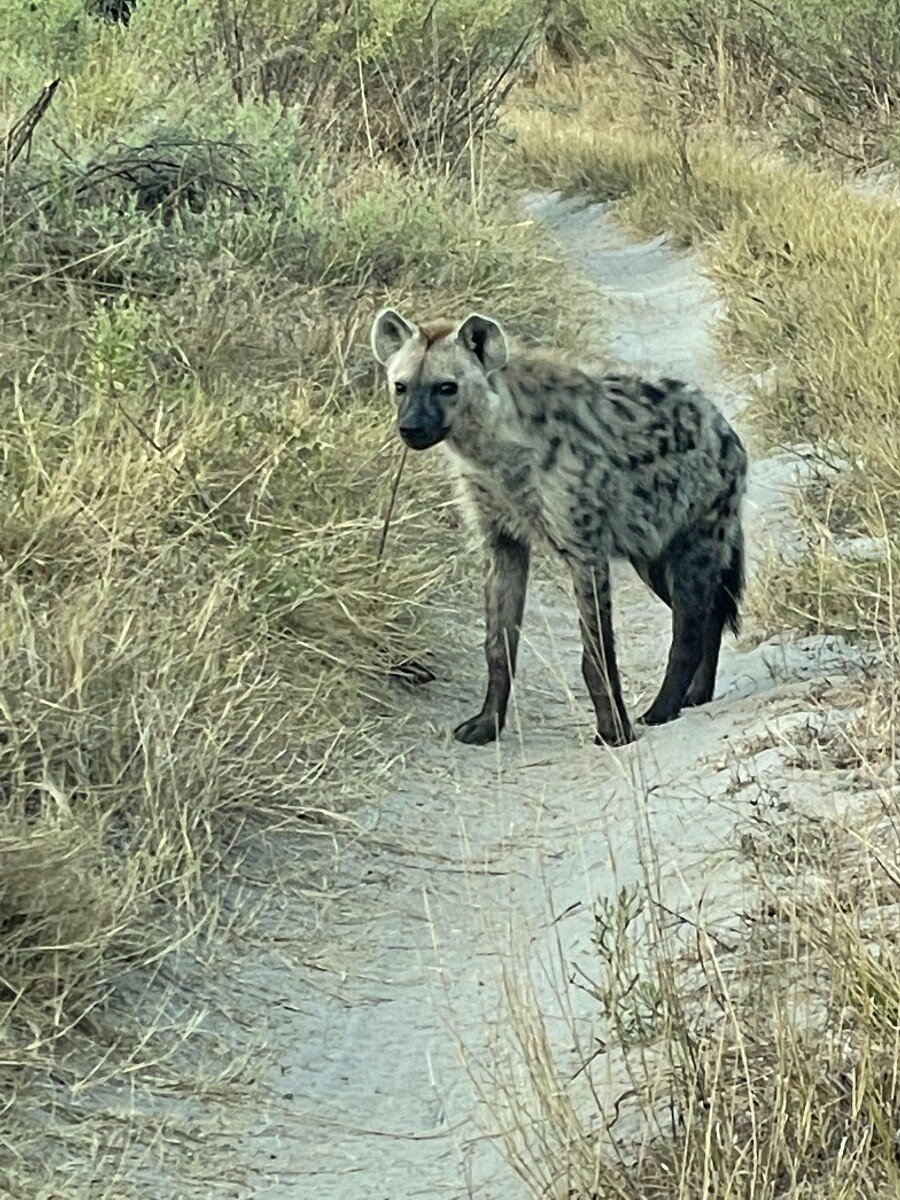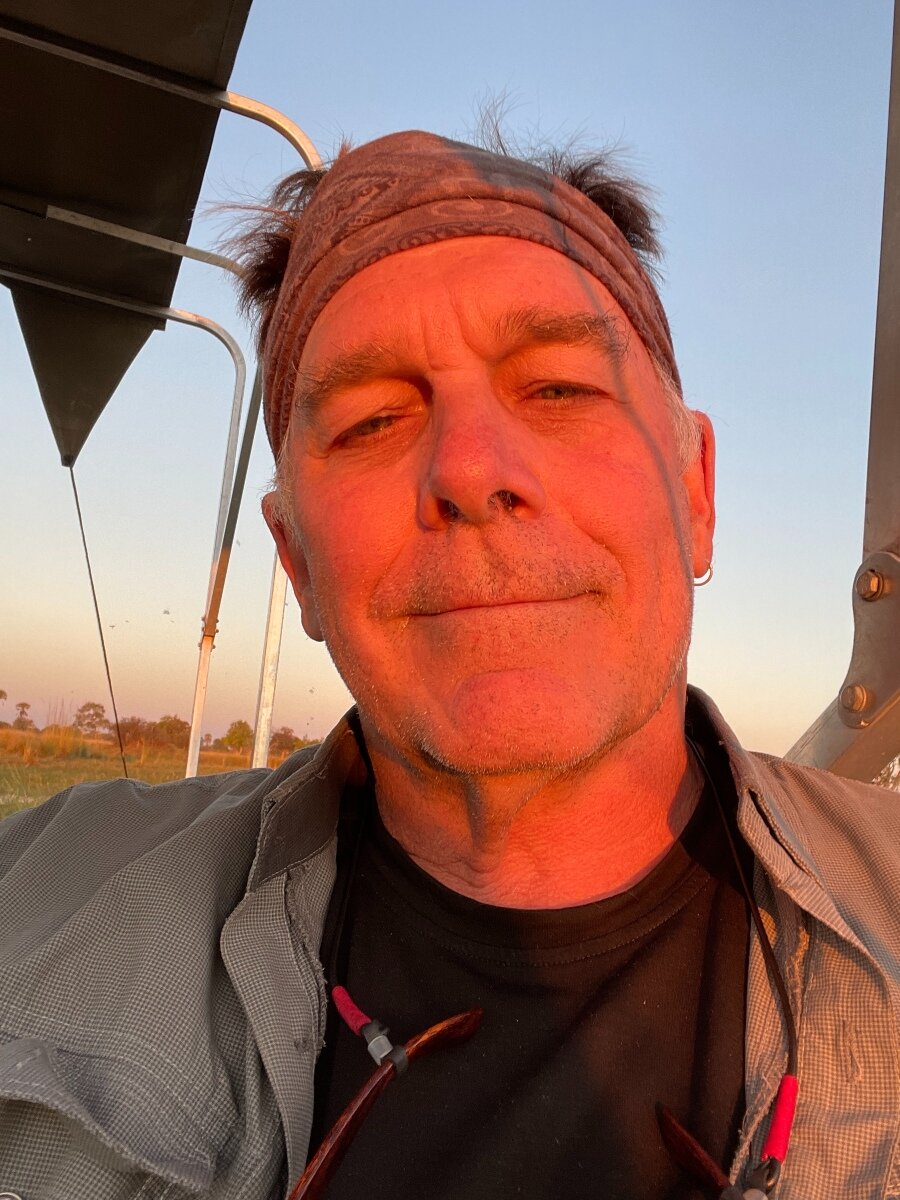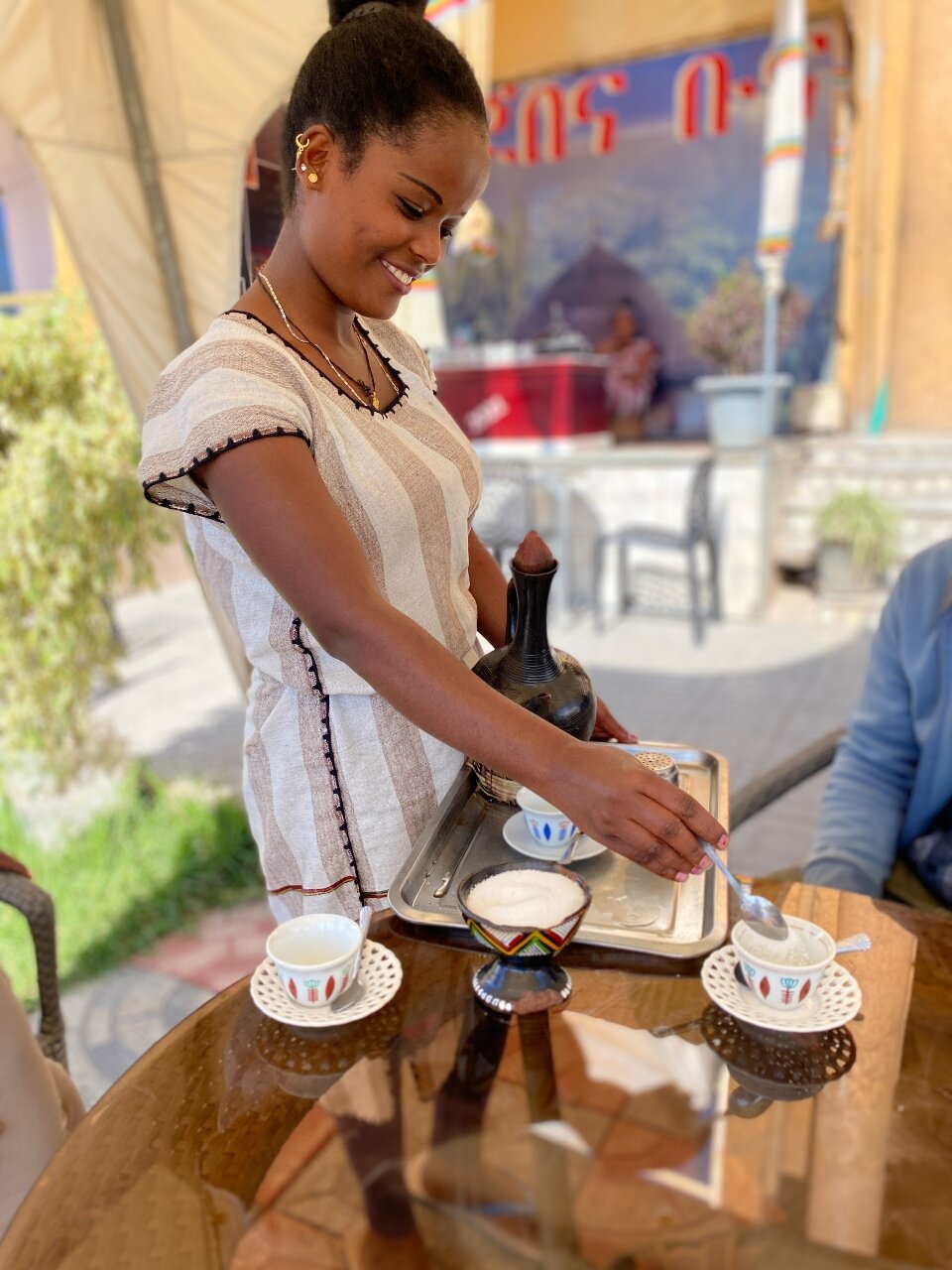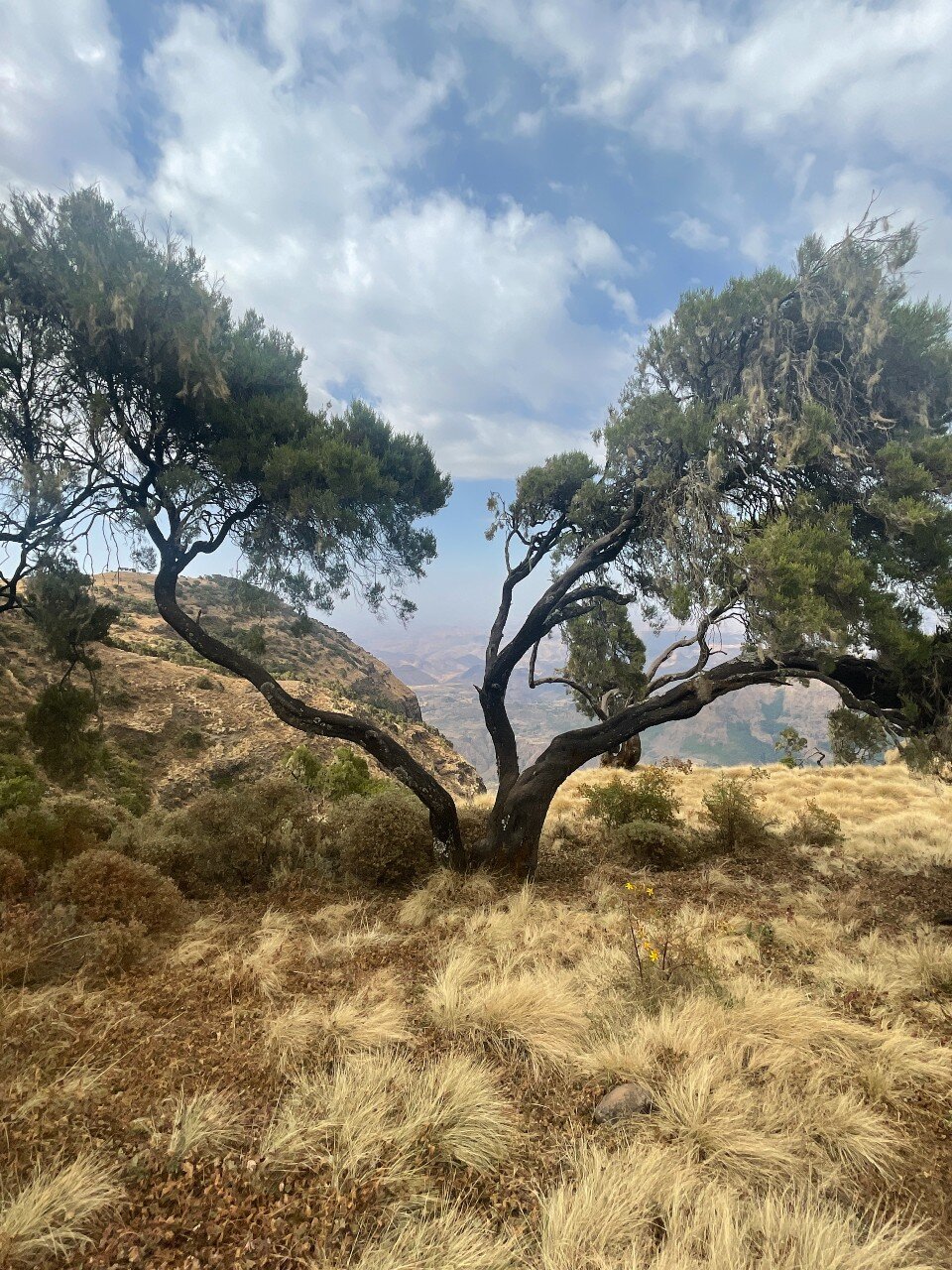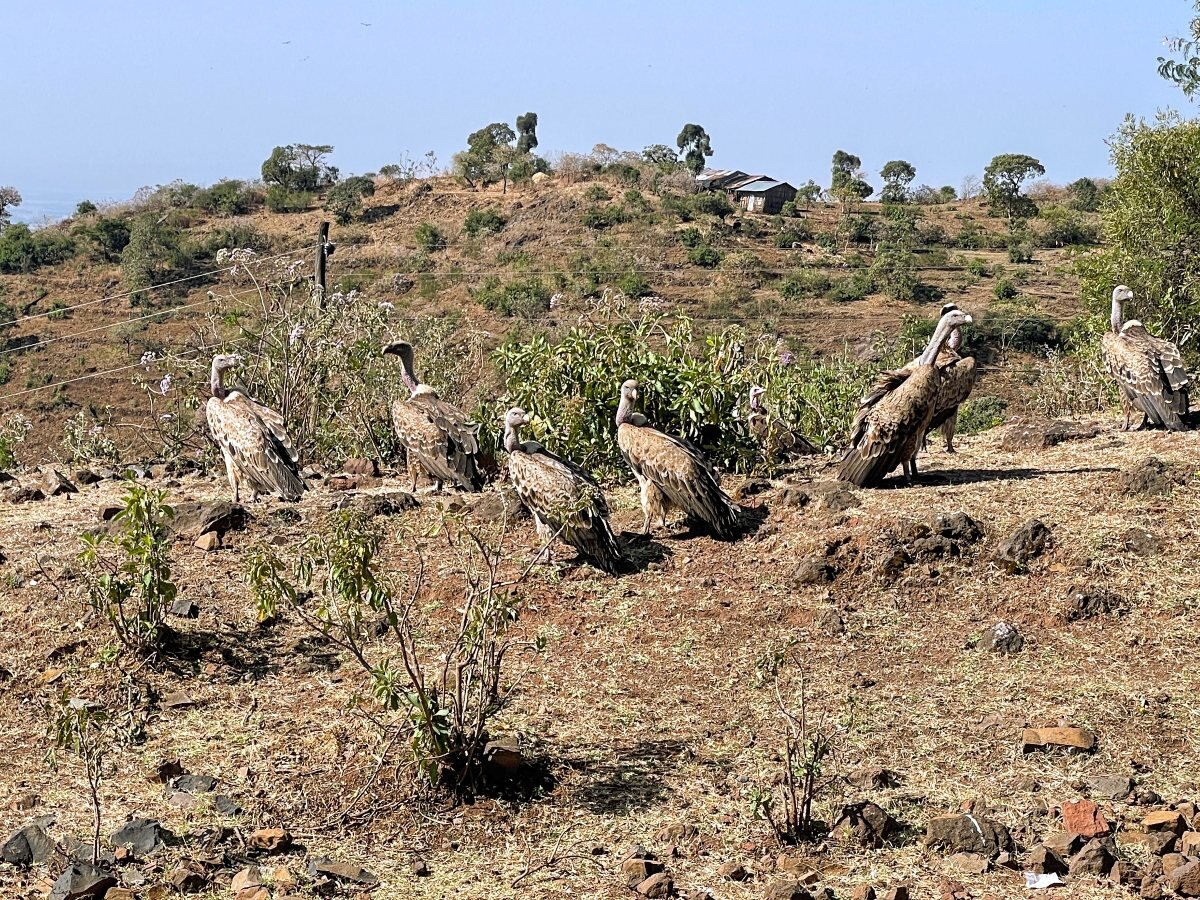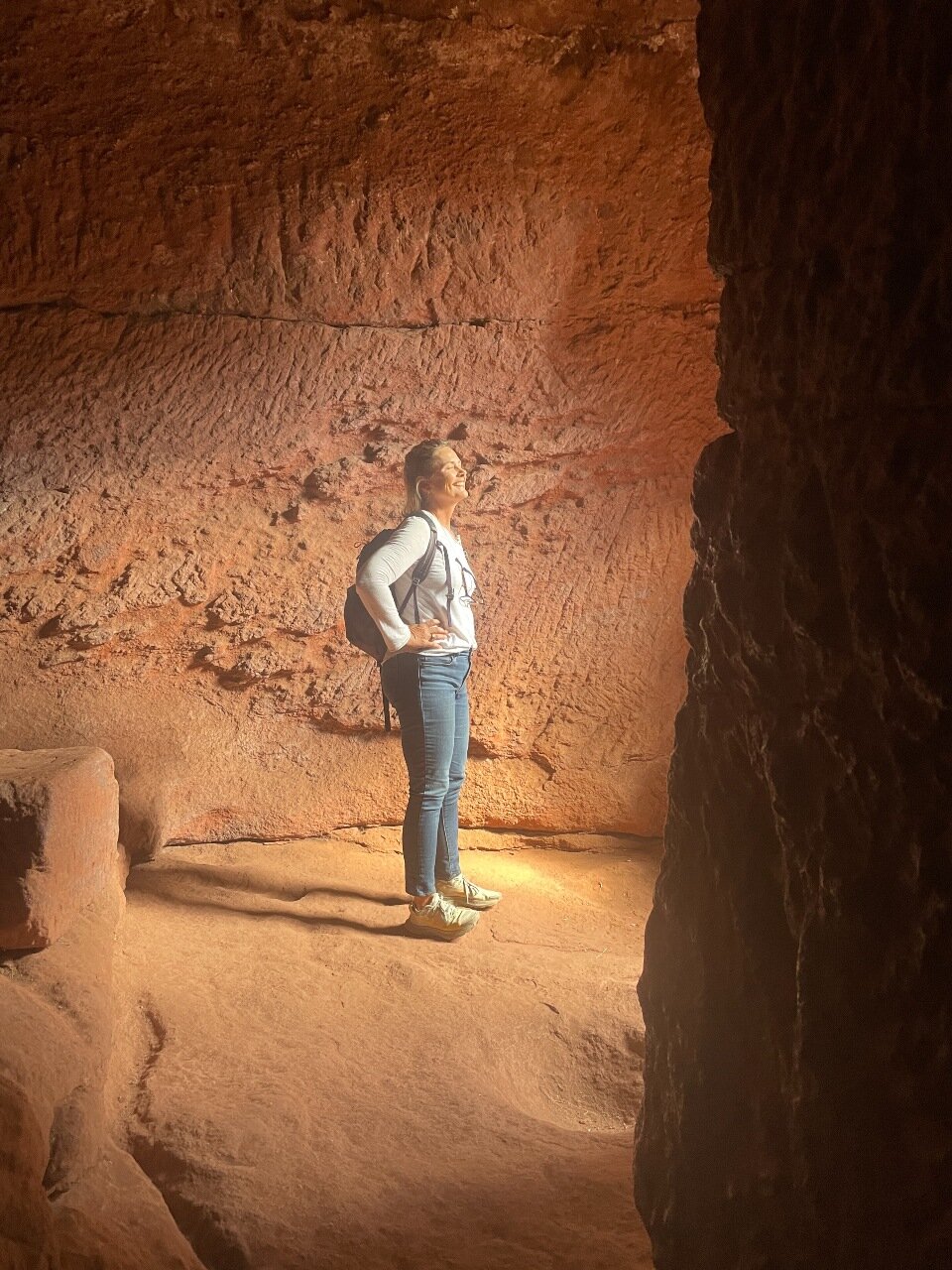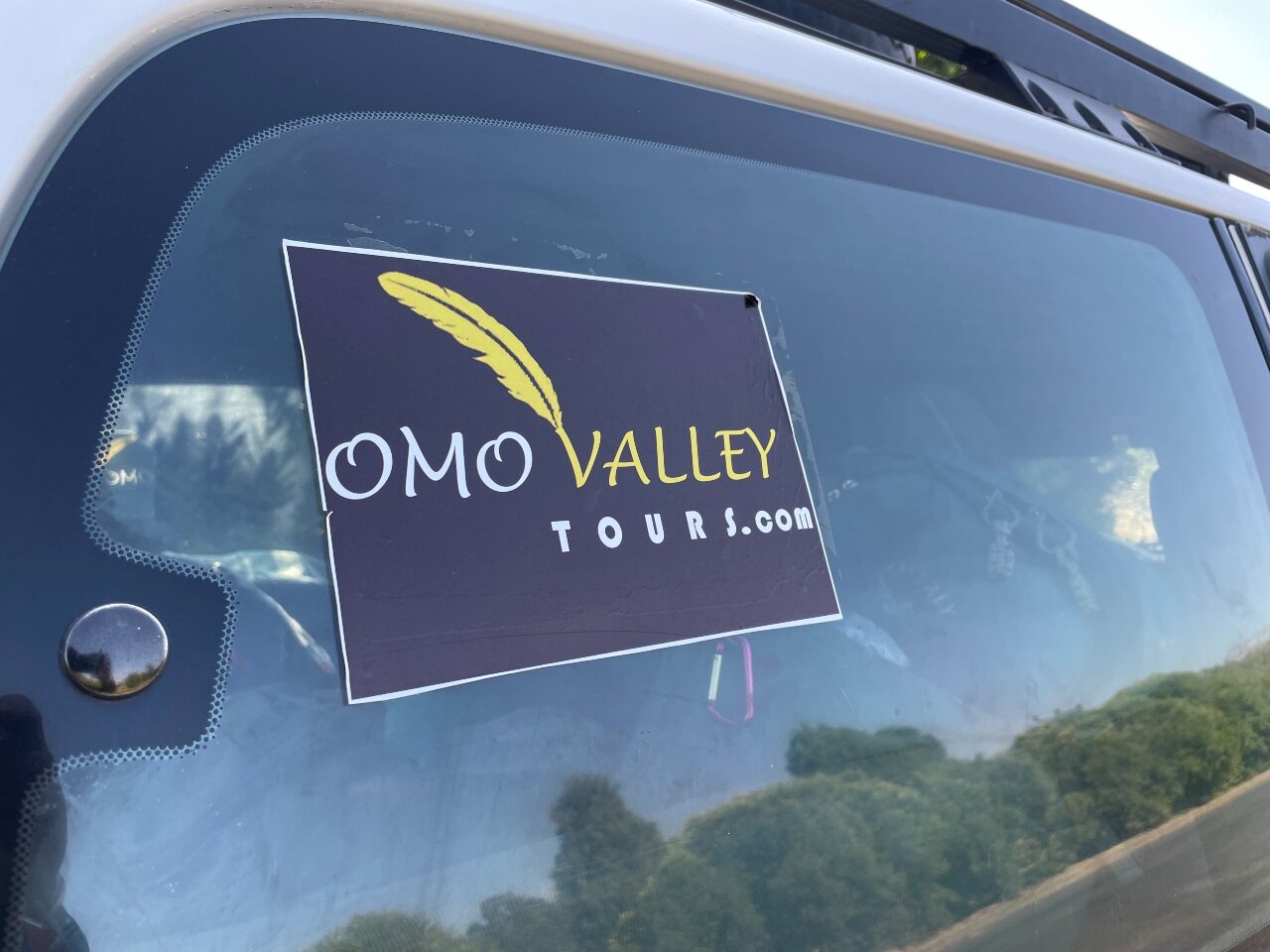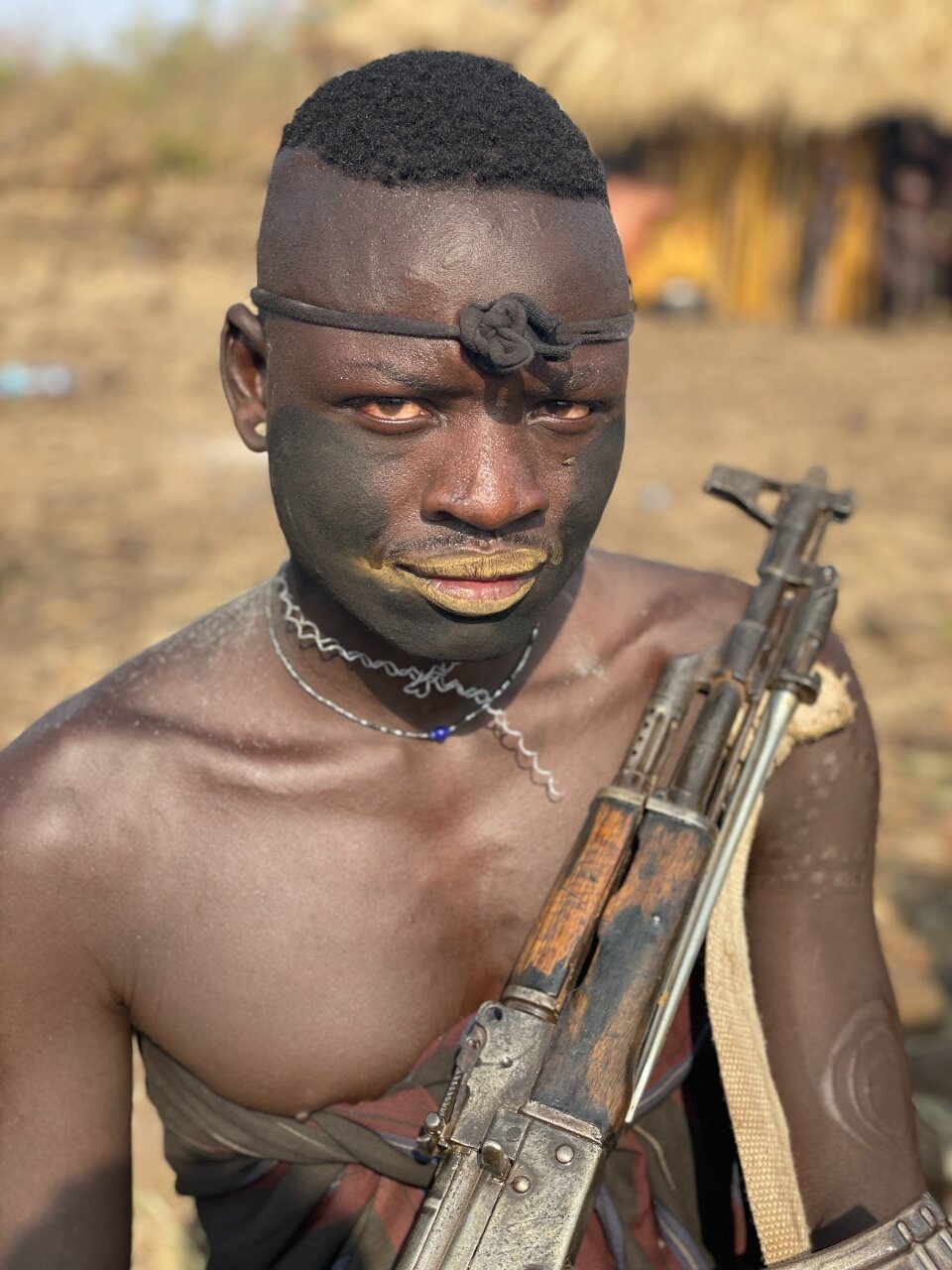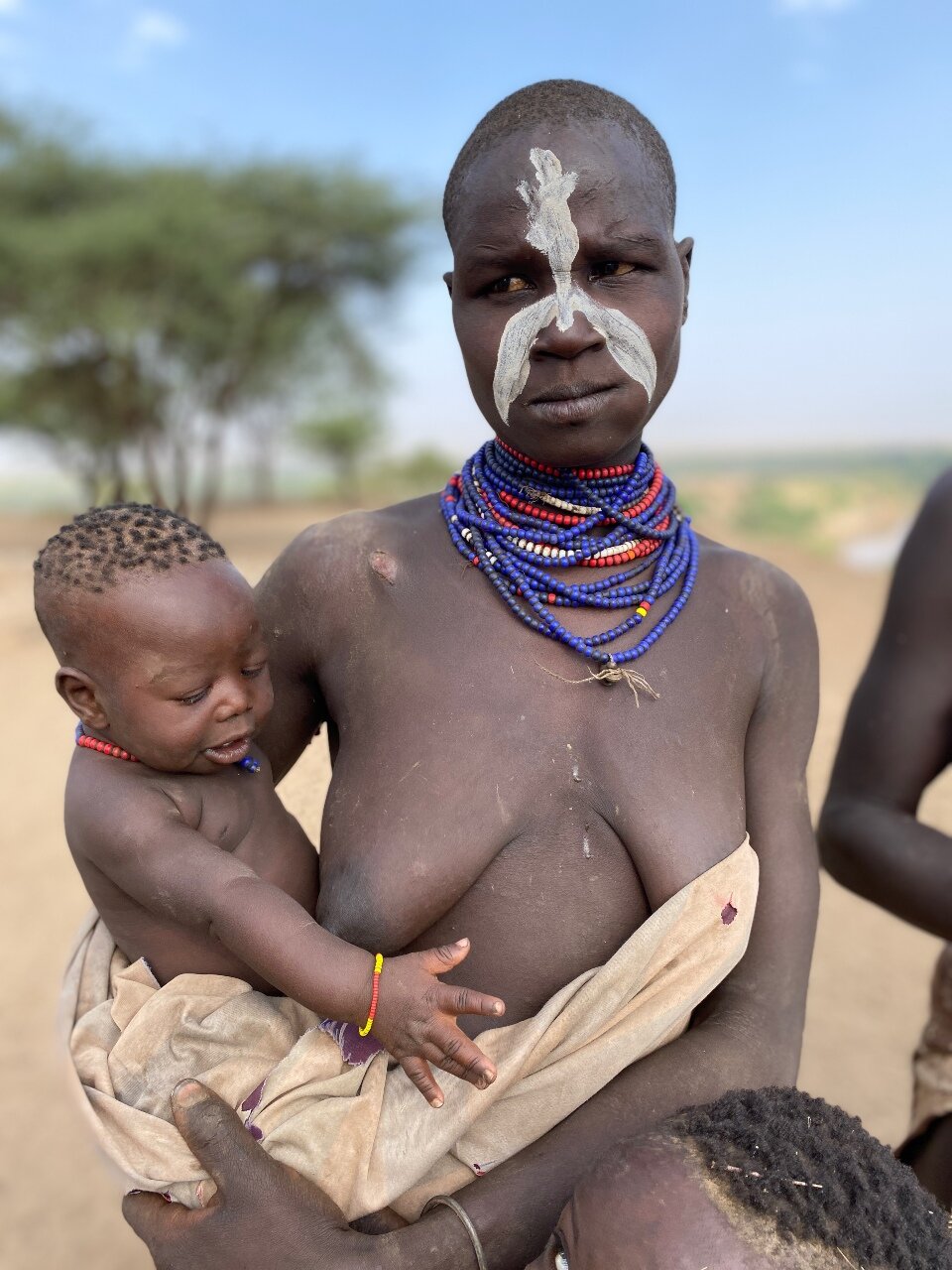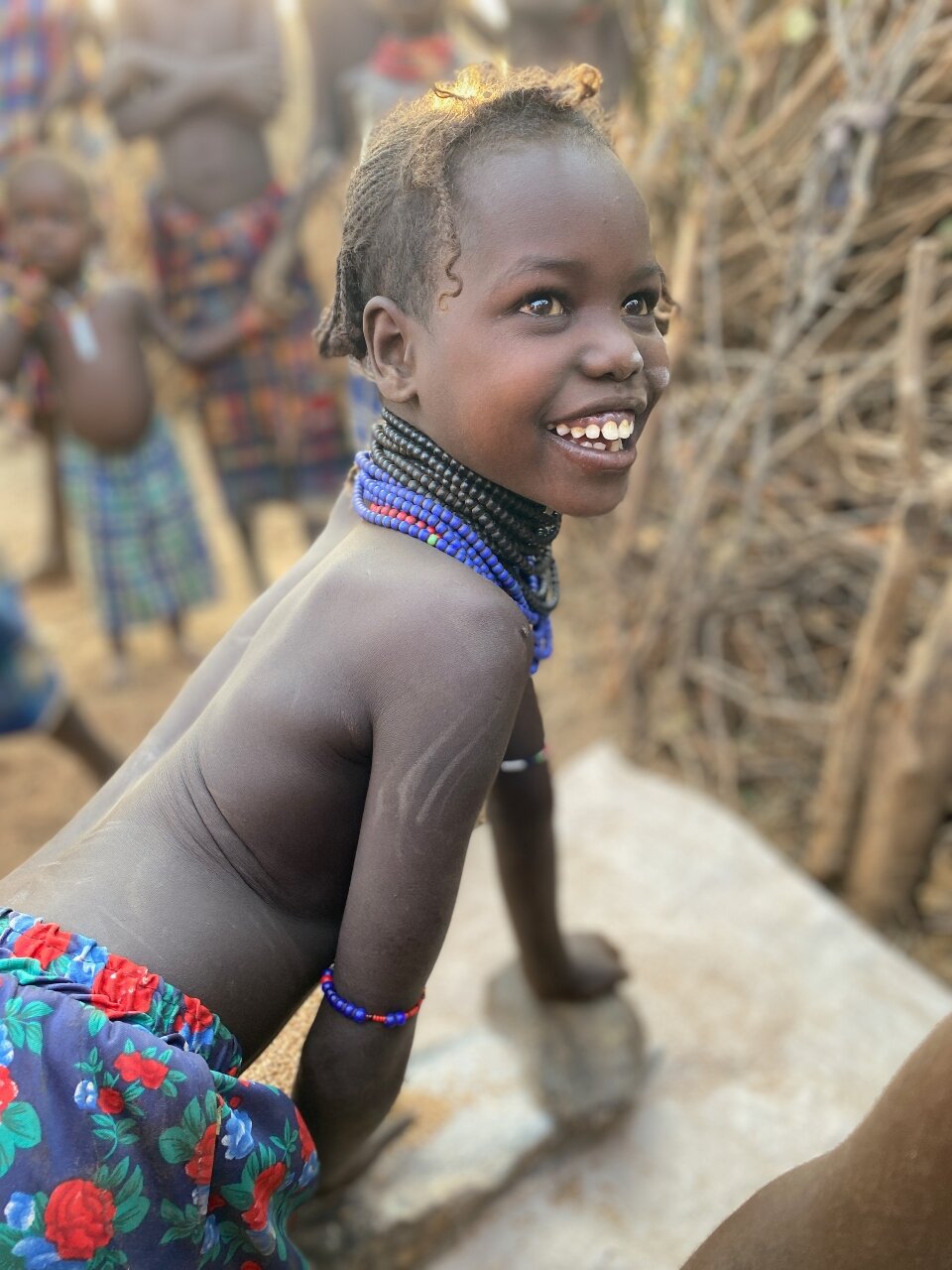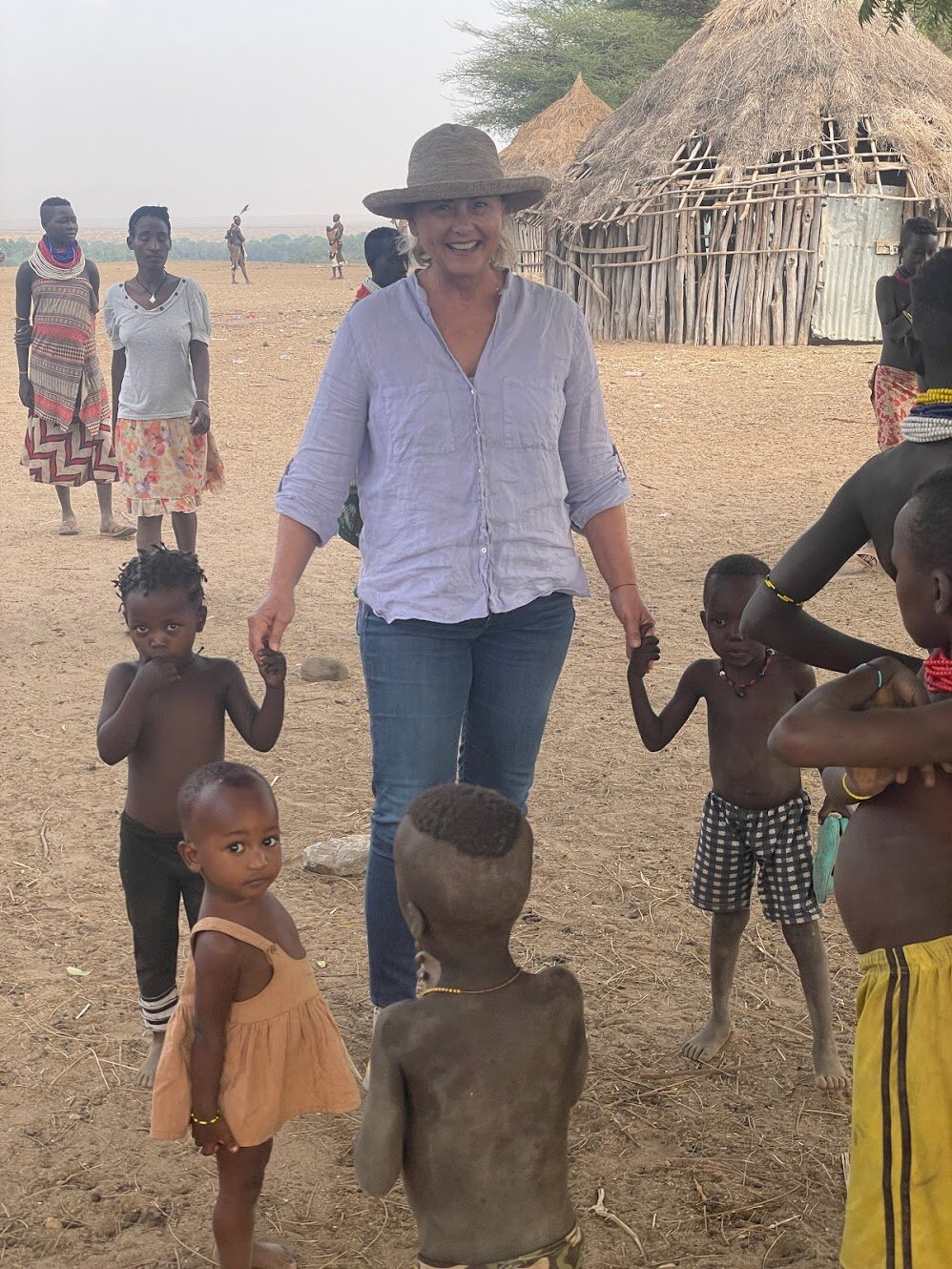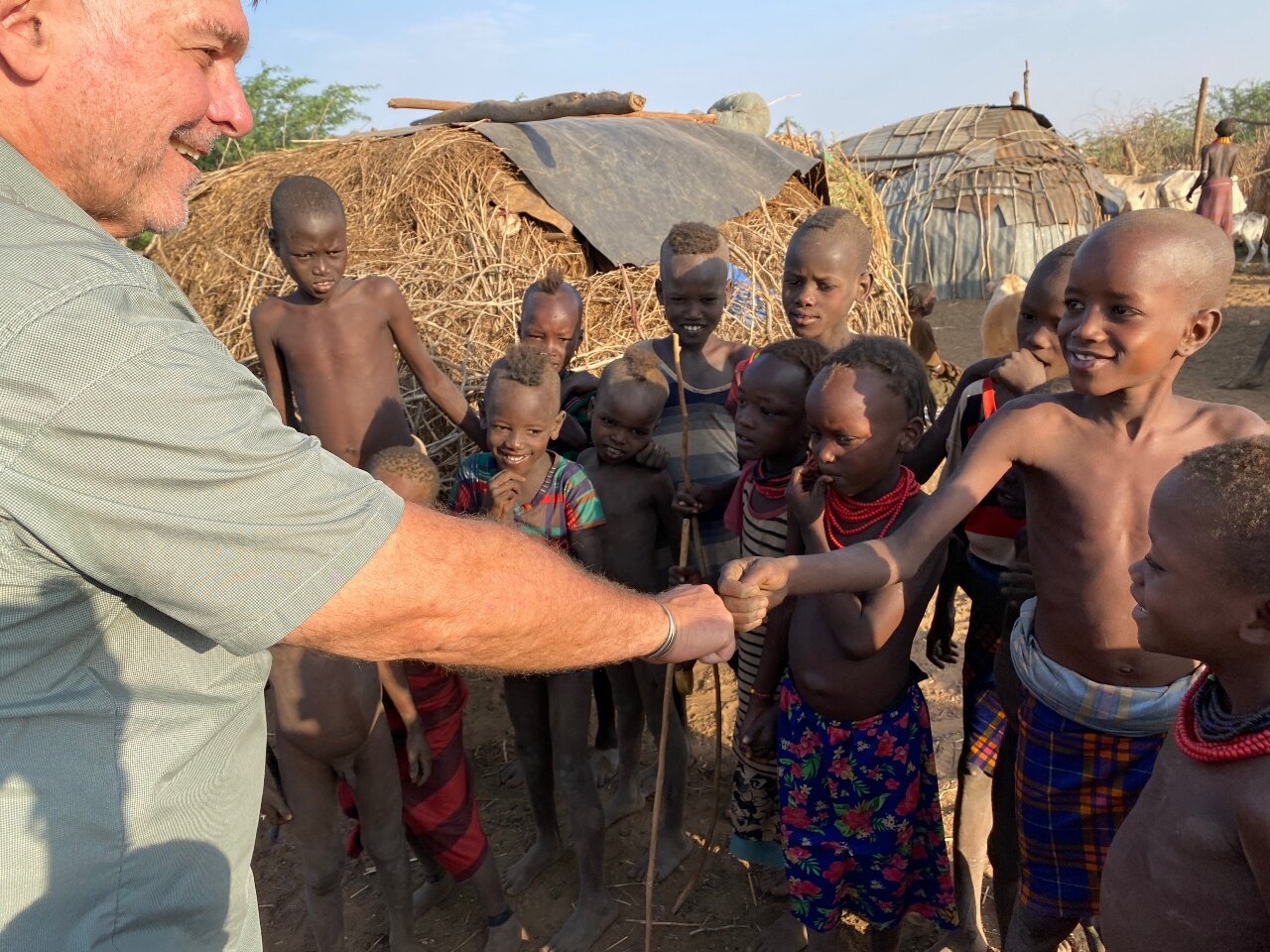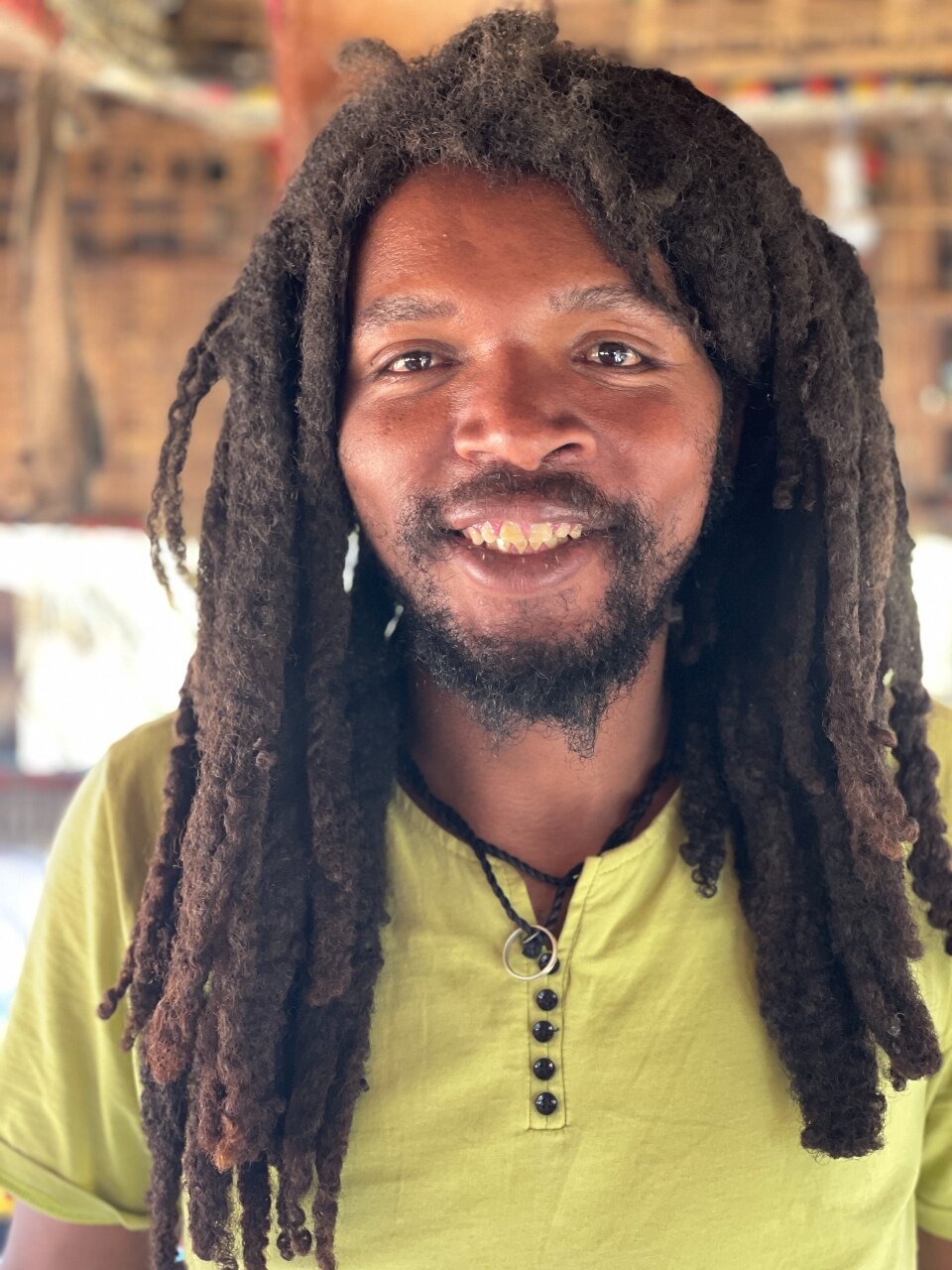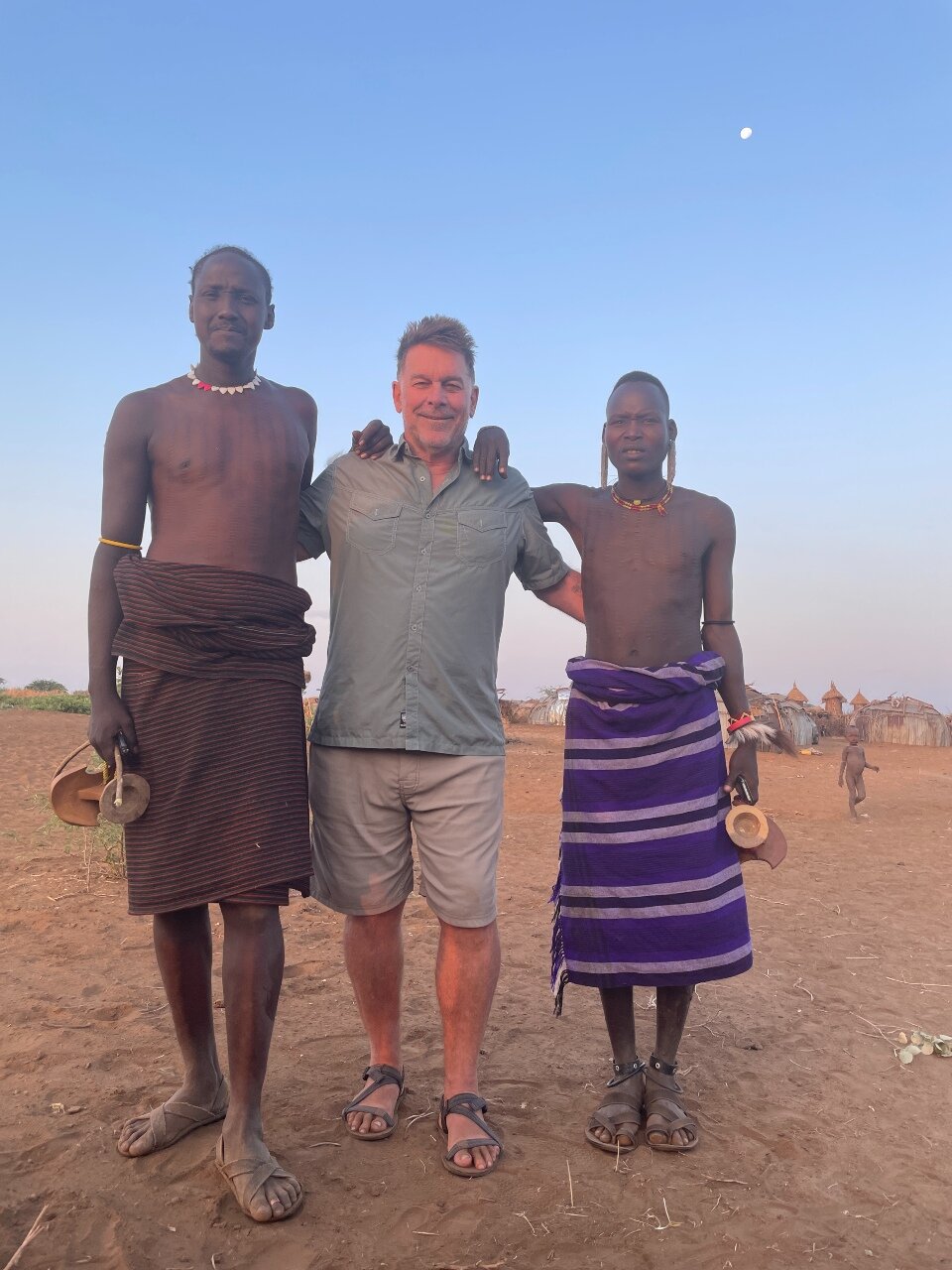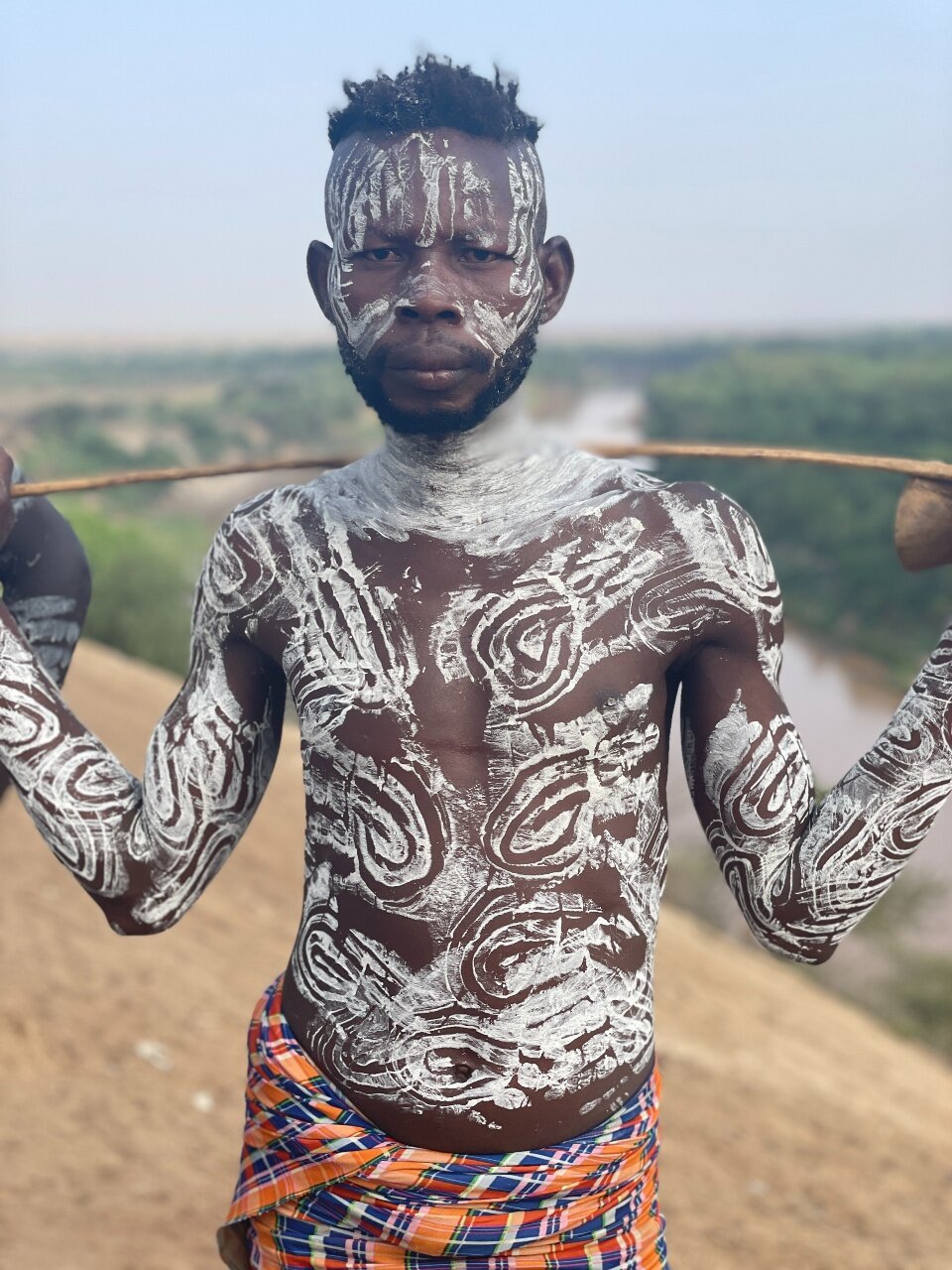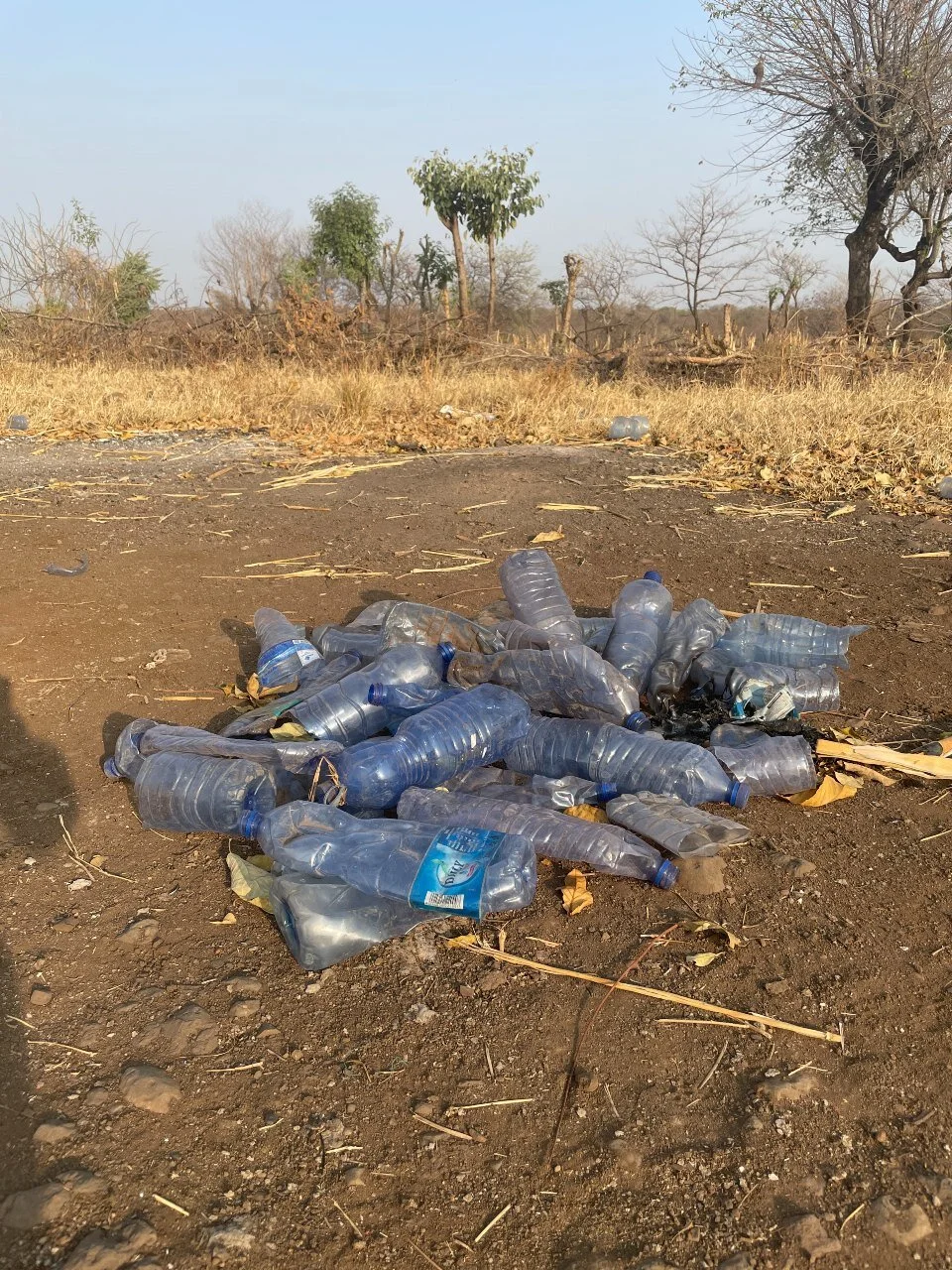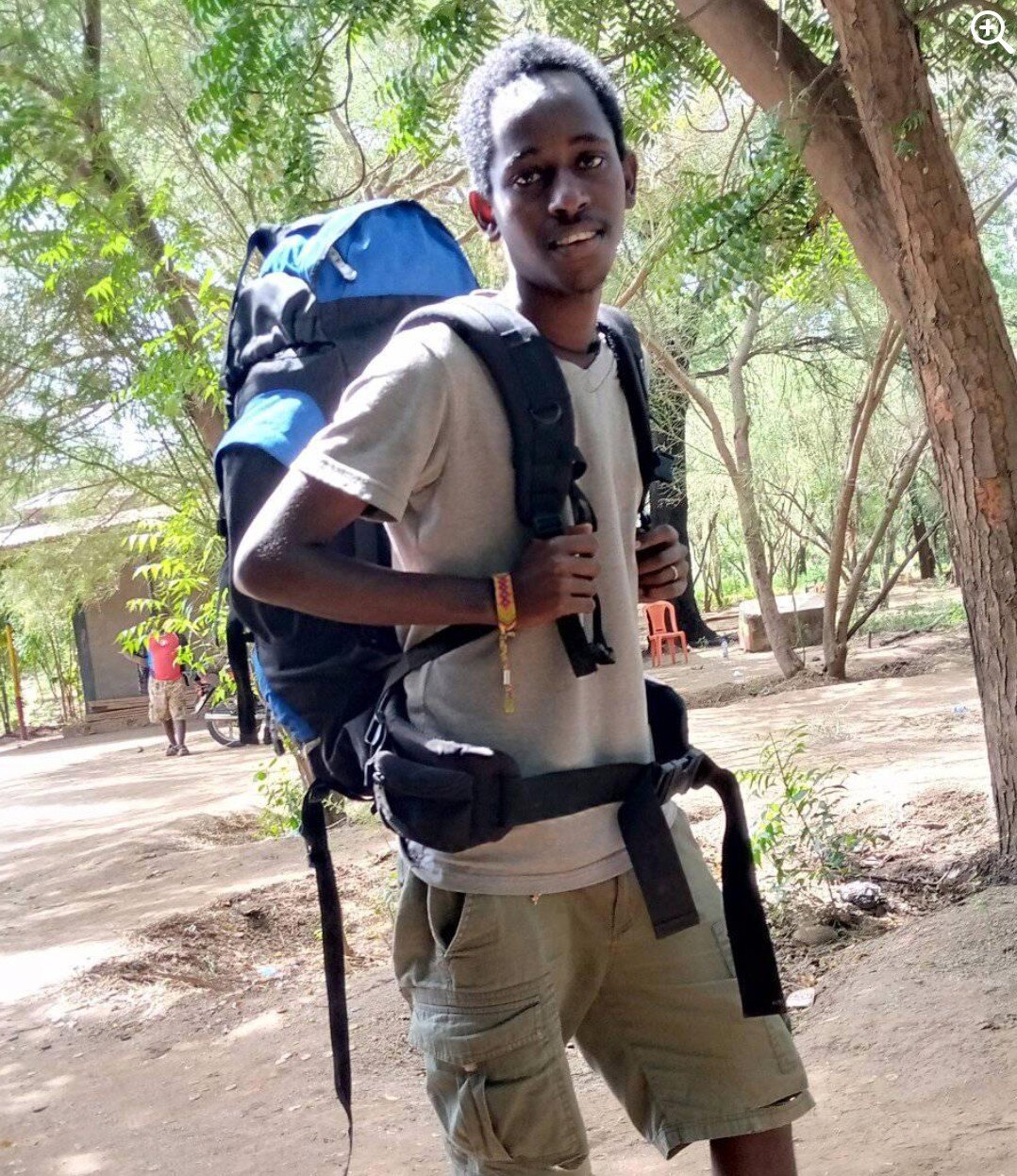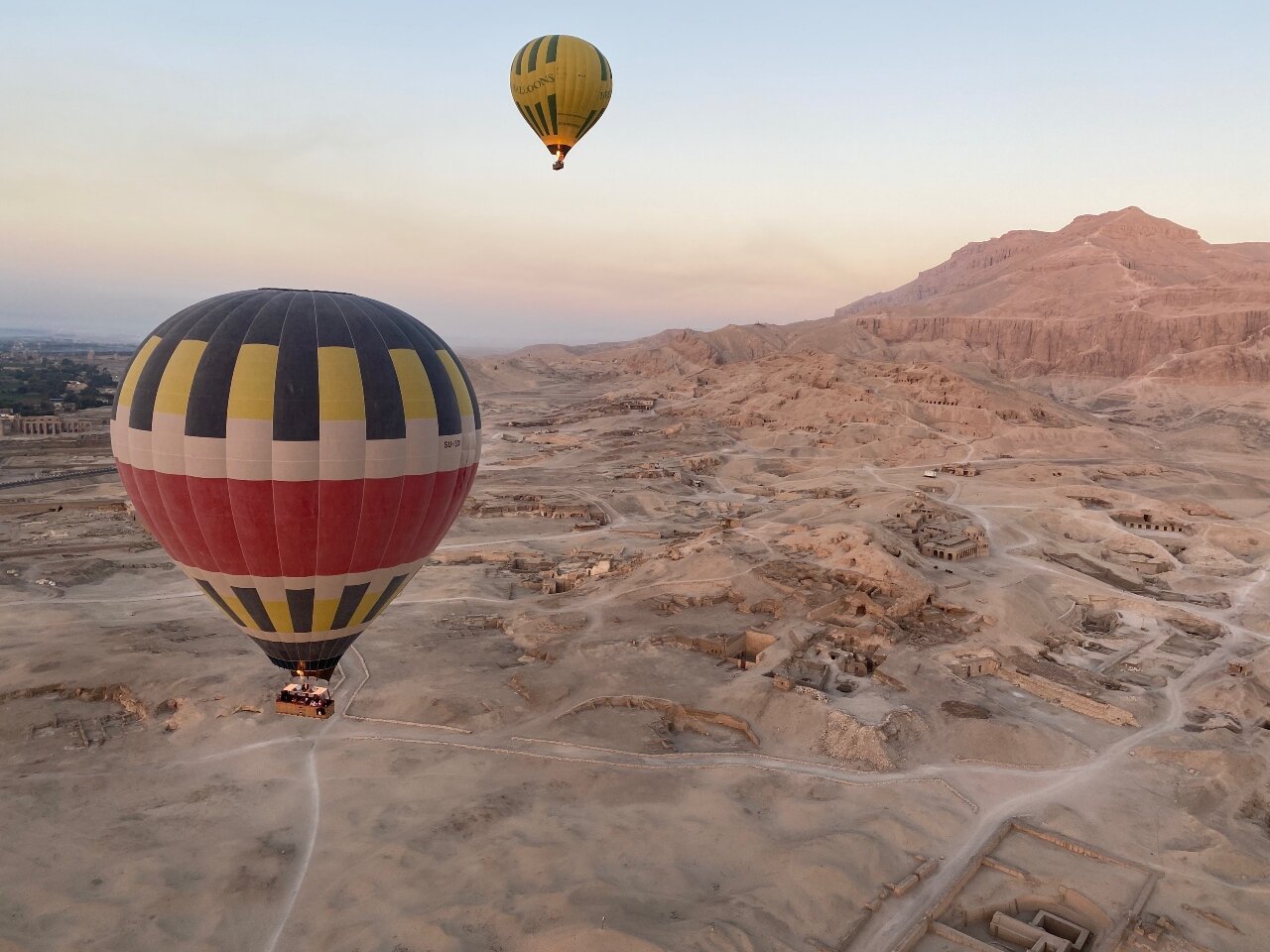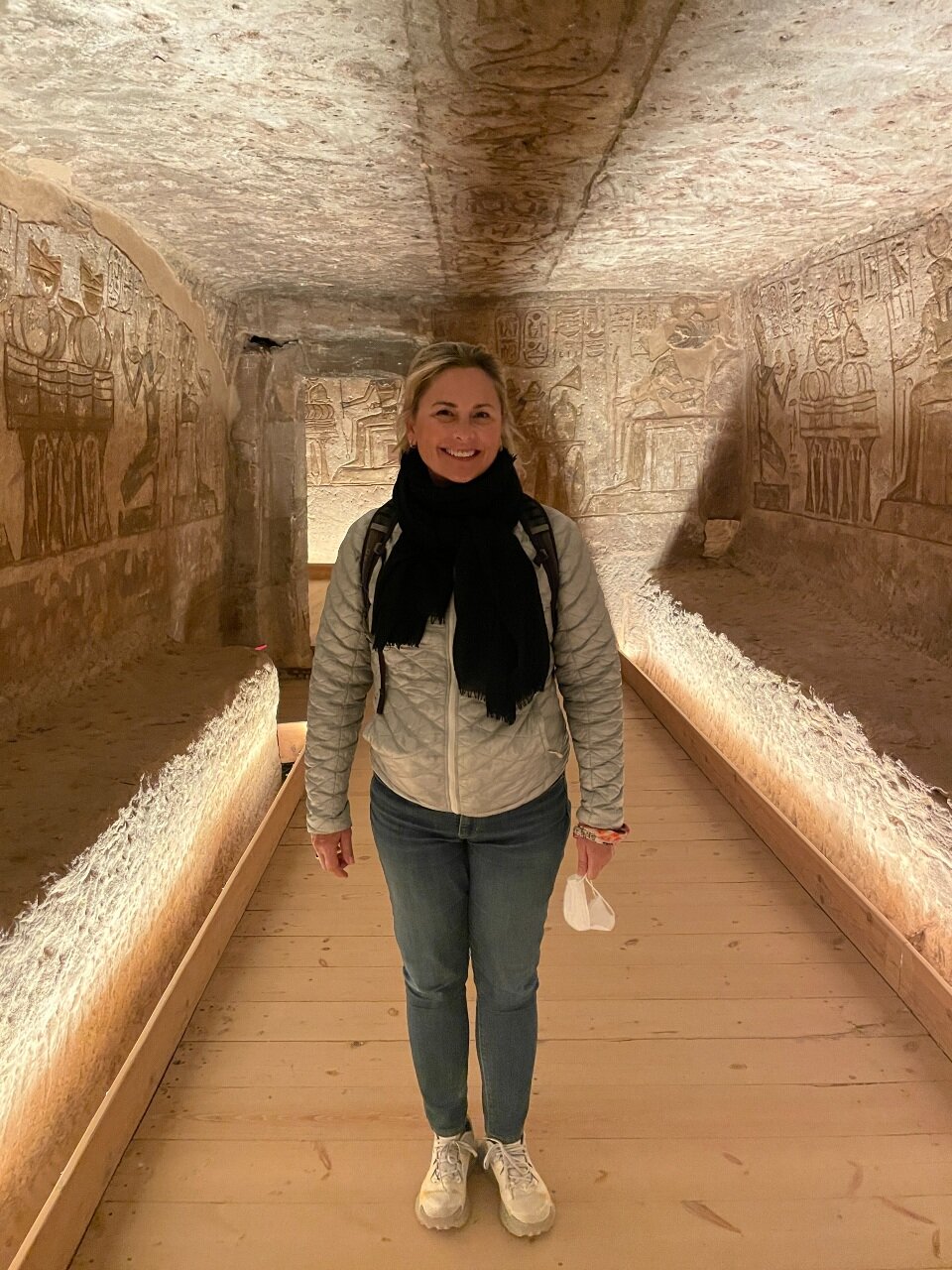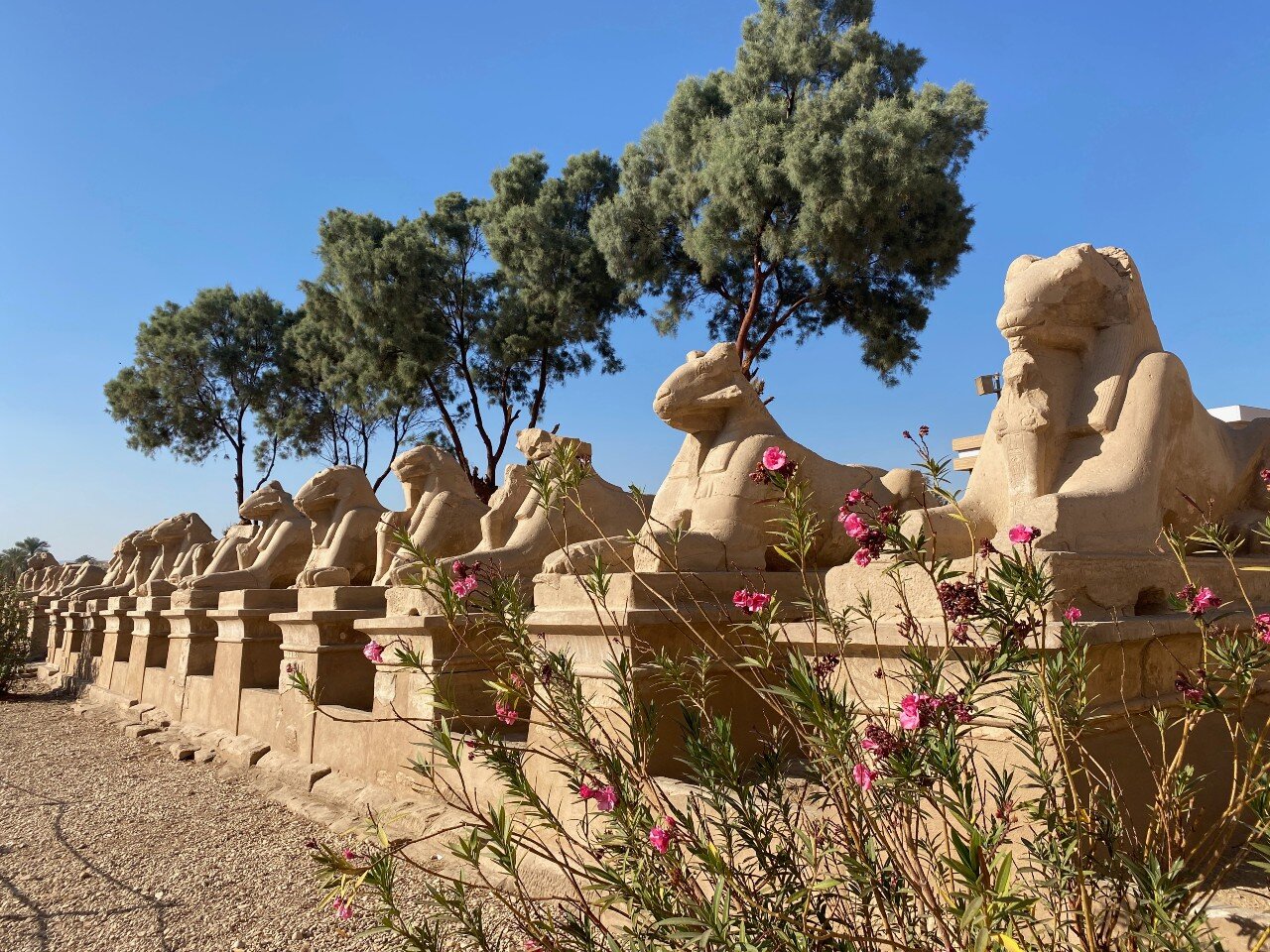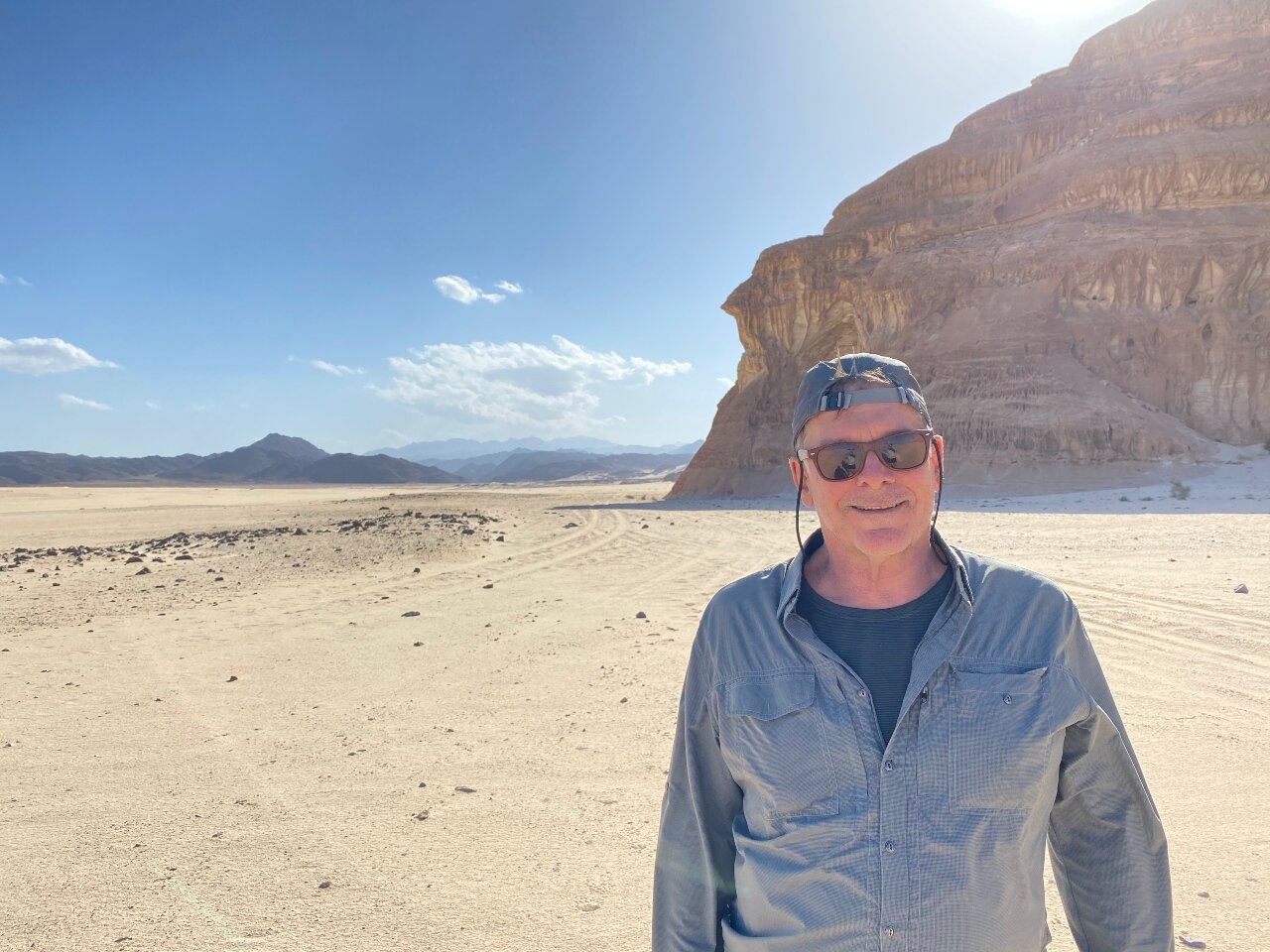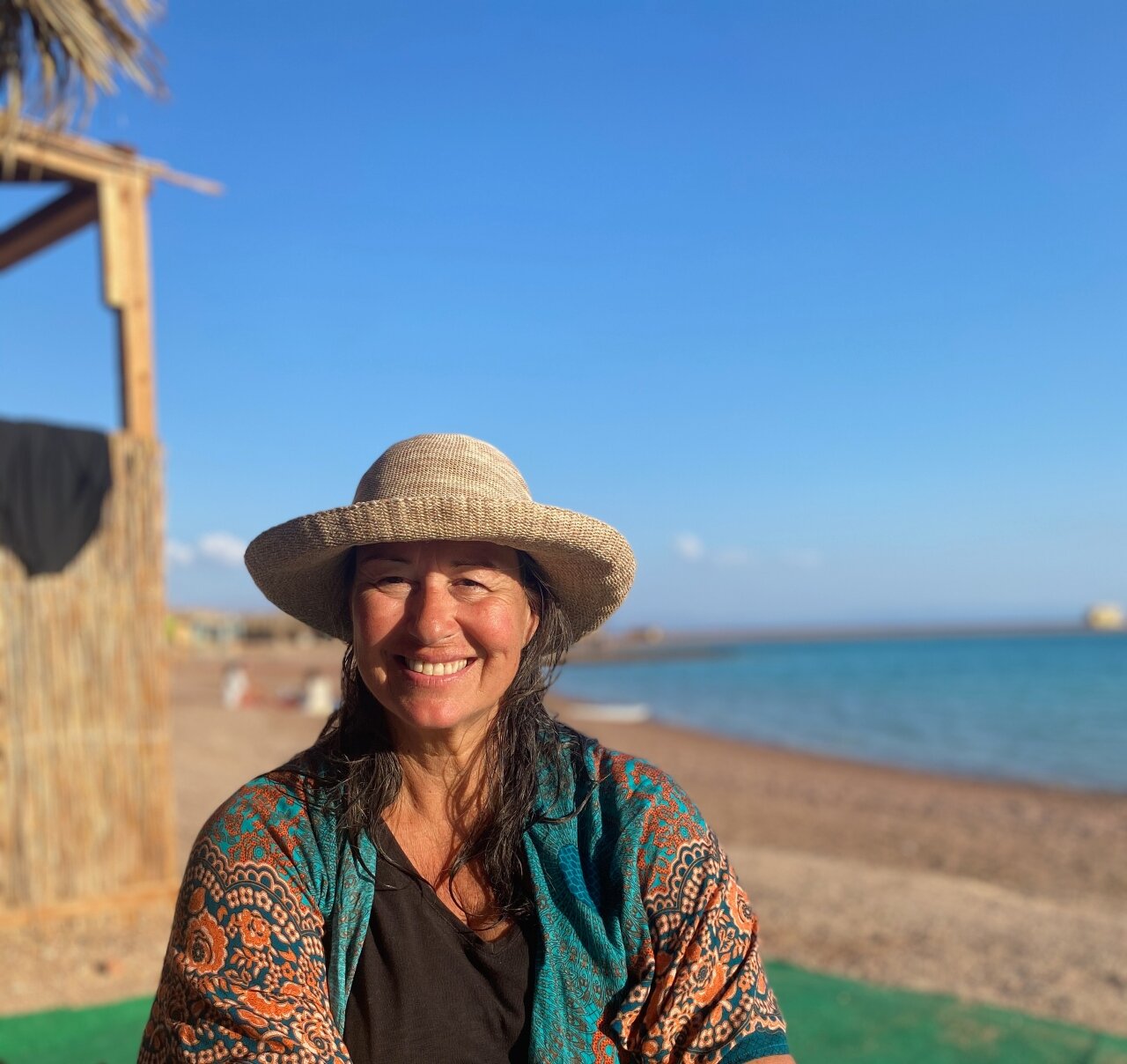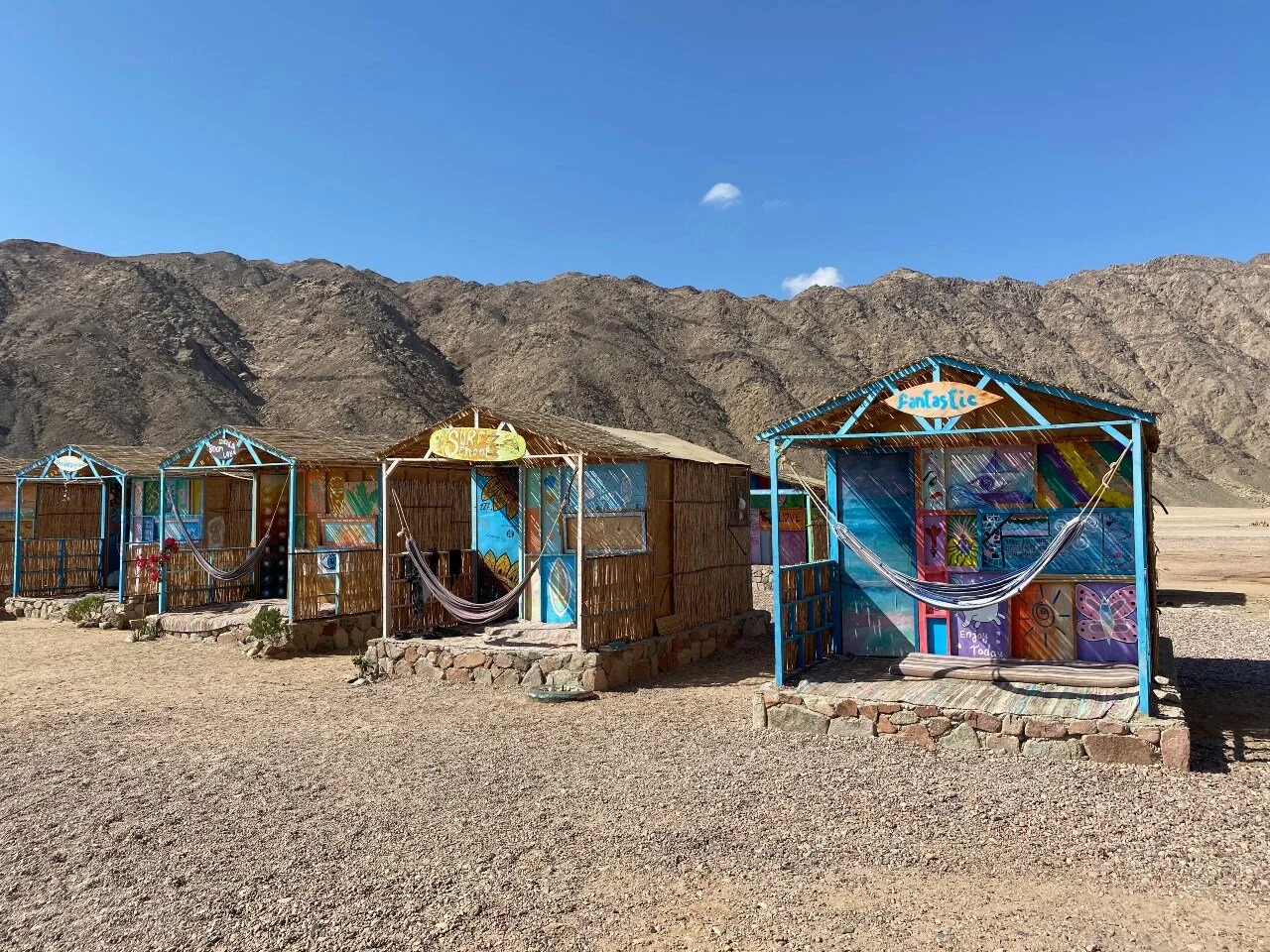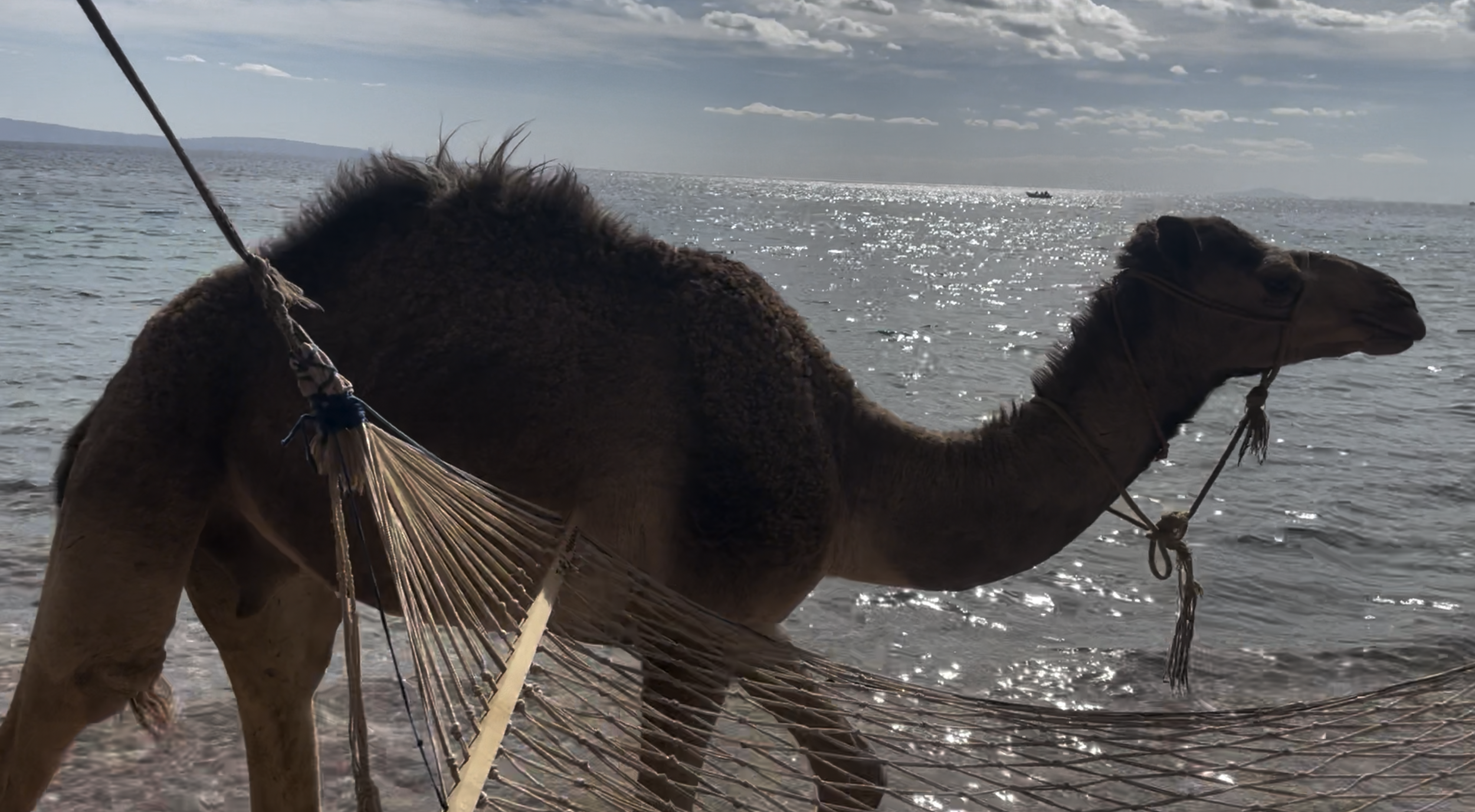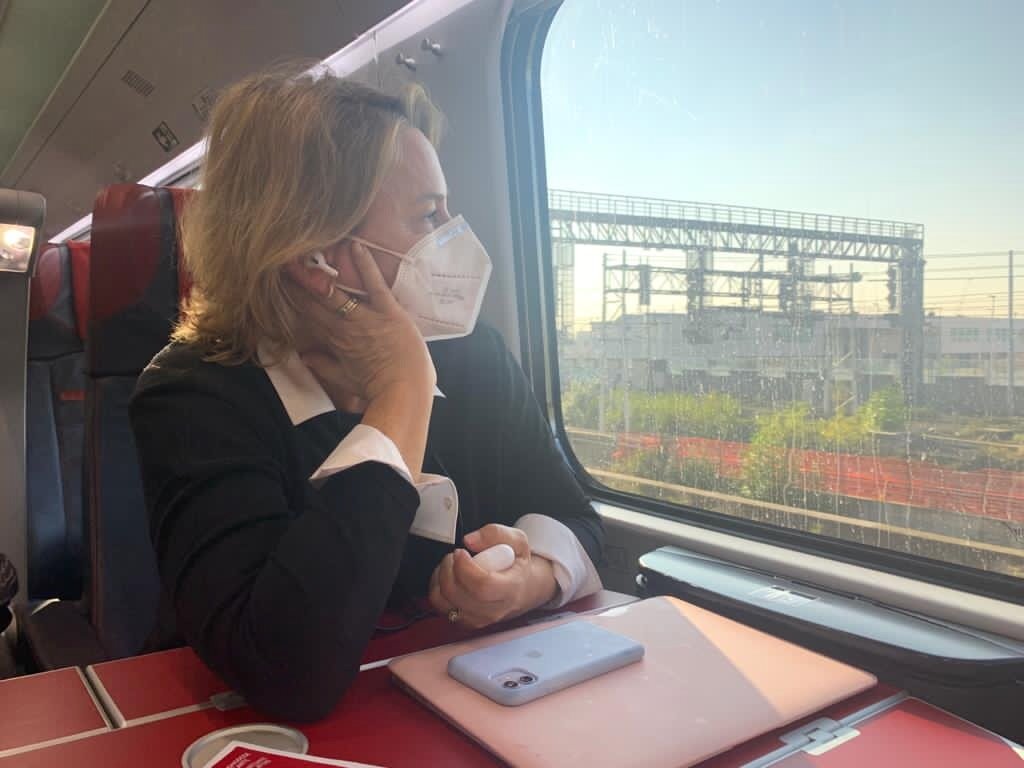Writing a travel blog is like playing with time. You want everyone reading to live the moment as if it was happening now. But in reality, by the time a blog gets published, time has past. Maybe even months.
Usually this is not a big issue, but sometimes something can happen that changes everything and your blog will be horribly out of sync with reality.
That is what has happened to us.
Right now I am sitting in a cafe in Crete. I want to tell about Kelly and my month and a half in Cape Town and our two month self drive safari through Namibia and Botswana. Sounds like fun right?
Except a month ago Kelly and I went our separate ways. She flew back to her family in Tulsa and I flew to Albania. Once there she decided that she was done with world travel. It took me by surprise.
But I can’t blame her. Travel can be tough and exhausting. Being away from family and friends for an extended time isn’t for everyone. After a year and a half she needed to stop.
But that’s not me. I’m loving my new world explorer life. The challenges of day to day travel are just part of the package. And instead of dragging me down, I feel like I’m just getting started. A window of opportunity has opened and I want to take advantage of it while I’m still young and healthy enough. I know it won’t last forever.
Asia, Indonesia, India, Sri Lanka, Australia and New Zealand are all on the horizon. These wildly different places are begging to be explored. I want to be there. See and experience them with my own eyes.
And I will.
Now back to our blog. This will be my last post on it. As Our Excellent Adventure comes to a close I want to share with you Kelly and my last great adventure together — through South Africa, Namibia and Botswana.
CAPE TOWN
Iconic Lions Head
I’ve always heard that Cape Town was a pretty place. But when we got there we were blown away, instantly falling in love with this seaside town. We stayed a block from the water in Sea Point. A perfect location. I was ready to explore… kind of.
It must have been Ethiopia exhaustion. I started coughing in Addis and it only got worse in Cape Town. And then the tummy issues began. Without getting into nasty details, I spent the next two weeks basically in bed, recovering and resting. I needed it. Kelly didn’t mind, catching up on reading and writing. Chilling out in Cape Town was not such a bad thing we found out. Even when you have no choice.
Looking down on Cape Town from Table Mountain
After a trip to the doctor, I got better and we spent the next few weeks biking and hiking and of course trying out all the foodie experiences that Cape Town offers. Prices are cheap and great restaurants are plentiful. And with nature so close, it’s so easy to get out and explore.
Large kelp forests dot the rocky shoreline
We checked out the neighborhood…
and hiked…
and biked…
and explored nearby sights.
After a month we were ready to hit the road.
STOLLENBOSCH
We rented a car and drove a few hours to Stellenbosch. The beautiful wine country of South Africa. I loved driving into the valley and checking out a few of the extraordinary wineries. The quality of wine can’t compare to Napa Valley, but the surroundings were first class and the tastings were cheap.
An unexpected pleasure
What joy it was to find a nice e-mountainbike for rent and some great singletrack to ride. Mountain biking is one things I’ve missed most during our travels.
THE GARDEN ROUTE
After a few days we headed east along the Garden Route. This famous area lies along the southern coast, east of Cape Town. It is dotted by numerous small towns broken up by beaches and cliffs. Some liken it to Hwy 1 in California.
We ended up in a fantastic Airbnb in Sedgefield with a huge bath and kitchen. Kelly was in heaven. We cooked our own meals, baked banana bread, worked on our blog and went for long walks on the endless beach We could live in this little town called Slow Town for sure.
We also had our first interaction with elephants near here. Not too far away was an elephant sanctuary. We spent a lovely afternoon with these amazing creatures. Walking, feeding them and taking photos!
a gentle giant
You can’t get this close to these wonderful beasts in the wild.
OUR SELF DRIVE SAFARI
Our deadline to pick up our Land Cruiser was near. It was time to go on our true adventure of a lifetime. We were ready to see elephants in the wild! So we packed up and drove back to Cape Town.
It’s a long story how we ended up renting this crazy, hardcore 4WD vehicle. A year ago, we paid for an two month guided safari from Cape Town to Nairobi, but due to Covid it was cancelled. Our friends Joe and Josee suggested that we rent our own vehicle and explore at our own speed. That idea caught our fancy so we went for it.
Bushlore.com is who we rented this full-on African safari roadster.
The idea of driving ourselves across southern Africa was a little daunting. There was a lot to learn. For one thing, it was right hand drive with a stick shift to boot! I have to say the company we rented from didn’t do such a good job showing us the ins and outs. So learning on the road became our de facto school. I have to admit though, by the time we returned, we felt comfortable and, mostly, in control.
Over the almost two months we traveled, we stayed in 25 different campsites/lodges. Most for at least a few nights. I’d love to share all the places we stayed, but I’m trying to limit the scope of this particular blog. So I will highlight some of our favorites and just post pictures of others.
We started driving north towards Namibia. Before we crossed the border we spent a few nights camping along the South African coast.
Namaqua National Park
Can you imagine a more beautiful place to camp? We were (almost) the only ones there.
As we arrived a small storm passed through then left in time for sunset.
To say this was one of the most beautiful sunsets we’ve ever seen was an understatement. I mean, how many times do you get a sunset and a rainbow at the same time?
As the sunset was evolving I became aware of another couple down the beach. At first I felt they were invading our moment. But afterwards we talked to them and realized how special it was to meet a couple who would share the magic of our experience. We instantly bonded and became friends.
Louis and Leoni Van Sandwyk are from Johannesburg and were on their honeymoon. We’ve kept in touch with them. They are moving to Napa later in the year and I look forward to visiting them there.
Onto the splendor of…
NAMIBIA
We spent a month here. From the ancient deserts in the south to the animal filled bush in the north, Namibia is a dream.
Fish River Canyon. The second largest canyon in the world behind the Grand Canyon.
Some interesting facts to know about Namibia.
It is one of the least populated countries in the world — only second to Mongolia. There is a strong German influence — they ruled it at the beginning of the 20th century. Then South Africa took control until 1992 when Namibia became its own country. It’s barely 30 years old!
Kolmanskop
Kolmanskop is a must see in Namibia. It’s an abandoned diamond mining town built by some industrious Germans in the early 1900s. By the 1950 it had all but been abandoned, it’s fortunes left to the blowing sand.
The southern deserts of Namibia are hypnotizing. You can drive on these well maintained gravel roads for hours without seeing another car.
When I heard Elon Musk talk of living on Mars, I think he could save a lot of money and effort by just settling here.
More friends…
We met Dave and Wendy as we arrived in Namibia and safaried together for a week. They are from Stellenbosch South Africa and were on a three month adventure. They are amazing people and we fell in love with them. We shared food, bottles of wine and great stories. The best of what life can offer.
Namtib Desert Lodge
We spent two nights here. Miles from nowhere. So quiet. So many stars at night.
Sossusvlei
The most popular tourist spot in Namibia. These other worldly red dunes are fun to climb and explore.
Spitzkoppe
120 million year old granite makes this outcropping in the desert a must see. Reminded me of Joshua Tree with an arch.
As we traveled further north we finally reach what we’ve been waiting for…
Etosha National Park
A huge game reserve in the north of Namibia. If you are an animal, this is the place to be seen.
There is something special about seeing a wild animal in Africa. I mean this is where they live! Elephants. Giraffes. Hippos. Rhinos. Lions… the list goes on. And watering holes were basically where you find them.
A large herd of water buffalo
Camping in Namibia is all about choices. Wild camping. Organzied campgrounds. And even luxury lodges. They all have a place for you to set up and enjoy.
Ngepi Lodge
Sometimes we had to get away from the camper and get a real bed.
As far as the eye can see…
We met John and Bronwen Vearncombe while getting our Covid test in Katima near the Botswana border. We quickly became friends and met up with them a few more times. They are true nomads and are still traveling through Africa.
The morning mist coming off of the croc and hippo infested Cubango River. Looking towards Angola.
Getting into Botswana was supposed to be an easy affair — except Kelly got a positive Covid test and we had to scramble well into the night to get her retested. The second time it came back negative. Whew!
BOTSWANA
If you want to see wild animals up close, and we did, Botswana is the place to be.
I looked up and there he was, coming towards us. He paused to check us out, then slowly sauntered away. My heart was beating out of my chest.
In Namibia, when we wanted to find a place to stop and camp, we’d just show up and have no problem finding a nice spot. Not in Botswana. The secret is out and people book a year in advance to grab a coveted site in one of the national parks. We were encouraged to book ahead and were glad we did.
There are a few places in the world where wild animals are so accessible. The Okavango Delta is one of those places.
We decided to splurge and spend a few nights in one of the hard to reach luxury lodges. Budget busters, yes. But they offer a unique opportunity to see places that can’t be reached by 4WD. Also guides, a comfortable bed and great food is included as well.
Moremi Crossing Safari Lodge
Deep in the Okavango Delta sat our home
Lodges in the Okavango Delta are special. For one thing they have to be constructed in a way so can be removed without any damage to the environment. At the same time they offer a level of luxury that you would not expect. Until you get the bill, I guess.
But on the other hand, the animals were literally at our doorstep.
Pel's fishing owl
People come to Botswana just to get a look at this owl. Very rare. We were lucky to find one.
Sonia and Eric were the only other tourists at our lodge. They were from Barcelona moving to Perth, Australia. It was fun to have company. And since Eric and the big lens, he got all the good shots!
Nxai Pan lodge
A beautiful lodge in the middle of nowhere
We hopped on another flight and arrived at Nxai Pan. A dry lake known the seasonal home to large herds of zebra and wildebeest. Since we were out of season, so we focused on giraffe and elephants. Though one night we were awoken to the huge roar of a nearby lion.
Kelly and I were the only guests at this lovely lodge. There were at least six people waiting on us at all times. They were sweet and attentive, but honestly it was a little strange to have someone constantly staring at you waiting to help. I missed having Sonia and Eric with us.
Ahhh giraffes. Such graceful beasts.
While we were there, a cold wave came through. Brrrrr. But as we retired to our cabin, the staff gave us huge hot water bottles to put in our beds. They thought of everything.
It was finally time to get…
BACK ON THE ROAD
They call it Third Bridge for a reason
We flew back to Maun where our Land Cruiser had a little damage control and got a wash. We had a day to go shopping and get ready for some hardcore camping.
We had two camping reservations. Three nights at Third Bridge in the Moremi Game Reserve. Then a nine hour drive to Camp Savuti in the Chobe National Game Reserve. Both these camps are world renowned. You couldn’t ask for a better place to see animals. And boy did we.
I don’t think he liked me
Cooking
All in all we ate pretty well. Here is some homemade beer bread I made and of course Brai grilled chicken. After years of grilling on gas, it was fun to learn how to build a fire and use the coals to cook with.
I destroyed two tires on our trip. Here is Kelly showing me how it’s done.
If you look very closely, you can see elephants walking along the horizon
ALL THINGS MUST END
Sunset in the delta
So here I am, back in Crete.
After camping in Chobe National Park, Kelly and I drove for three days to get to Johannesburg. Our original plan was to camp for another week, but things started going south. The cold nights, the tiny bed, the constant moving was wearing on us both. Kelly especially.
We started our journey together in a quest to see the world. And yes we did — over 550 days on the road, visiting 13 countries. So many places and people we will never forget. What started in Yelapa Mexico was about to end in Johannesburg South Africa.
Kelly was very homesick. And tired. It had been building for awhile. Maybe if we had moved slower it could have helped. Certainly my curiosity got the better of me as I was driven to see that next great place.
But our time together will never go away. We have this blog to prove it.
As a final note, I will be continuing my travels. I look at this time in my life with gratitude. I embrace it. There is so much still to see. There are new friends I want to meet.
The wind is at my back.
I would also like to continue blogging. It is a great creative outlet for me. And I hope it is something you will look forward to reading. After I put together my new blog, I will send the link out to everyone on this list.
Thanks to everyone for joining us on our journey. I hope you’ve been inspired and in some small way you bring this inspiration into your own lives.

